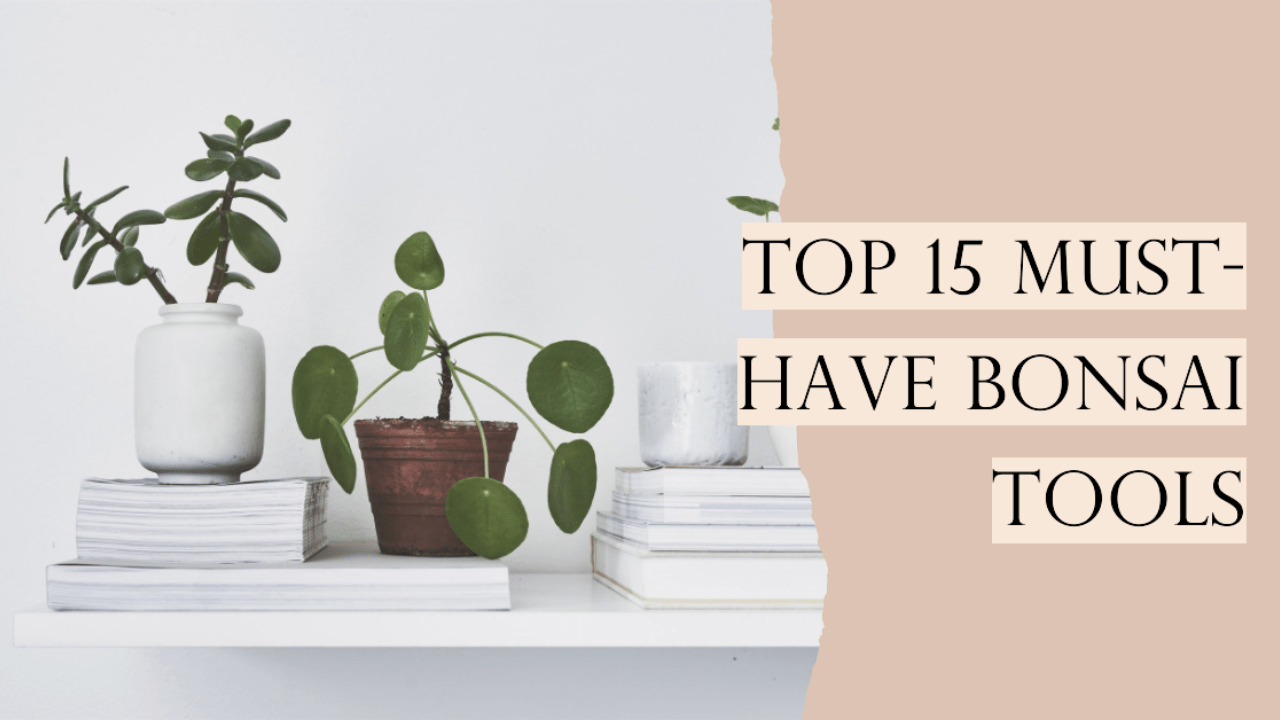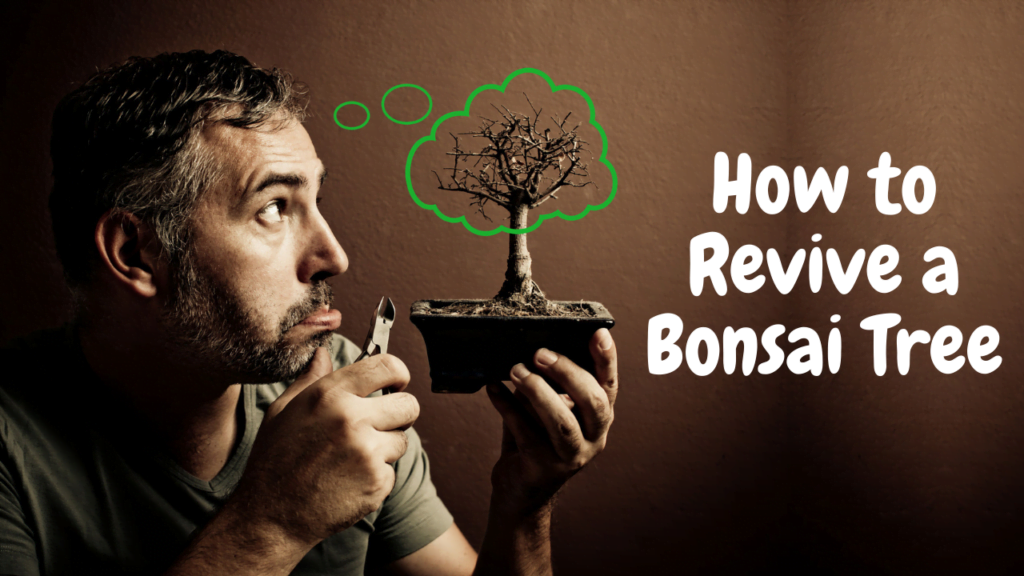Growing a bonsai from scratch sure sounds exciting, but at the same time, numerous tools on the internet make it confusing. In our nursery, we have been using some tools for years and some of those tools are in frequent use and I will be talking about those here.
Having the right tools for tending and training bonsais is important. It would be best if you had tools to make precise cuts on the trees, creating a clear shape with clean and even trims. For beginners, it’s better to start with some basic tools like a good concave branch cutter and a standard shear. As you become more involved in Bonsai, you’ll discover more specialized tools.
upon proceeding with the article, you will learn about the best bonsai tools for both new bonsai parents and professionals along with tips and guides.
Table of Contents
Four important and Best bonsai tools for beginners
Having a knowledge of beginner basic tools is useful and as you will gradually get acquainted with the care that you need to equip your bonsai:
1. Bonsai shears
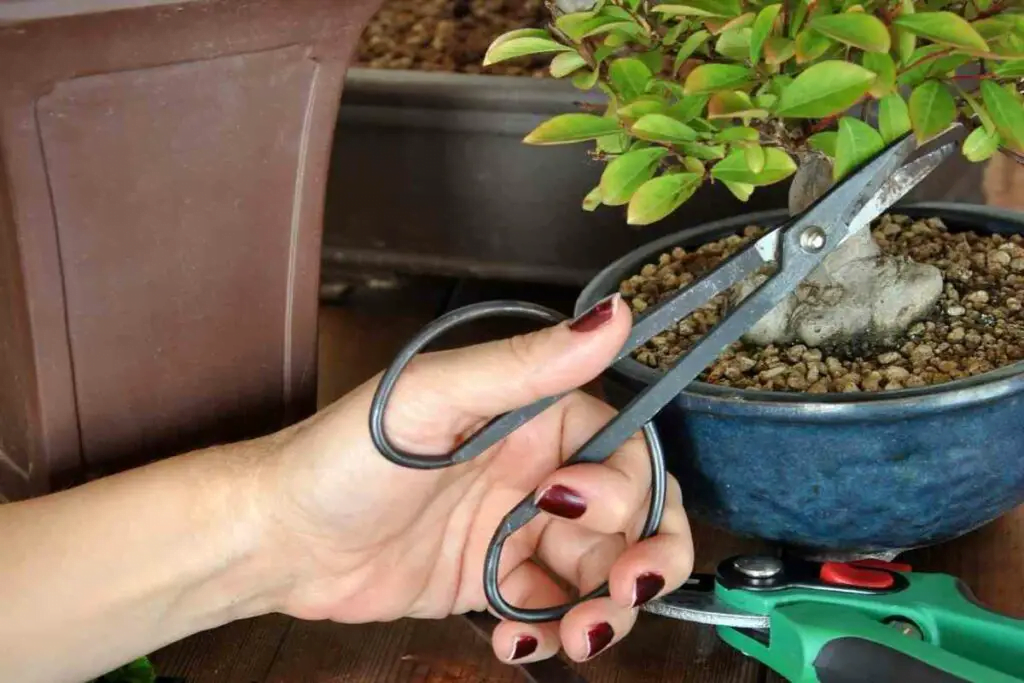
A classic pair of bonsai shears are needed as a starter, but you will notice a different type of shears is available for specific purposes.
There are standard sheer to prune the roots and branches.
There are shears available with long handles to cut the buds.
Leafcutting shears are used for thinning foliage and trimming long shoots.
For small bonsai trees shears like Azalea shears are available.
But as a starter a standard shear that is designed to perform more than one task is all you need.
Purpose: Styling tool
Uses:
- Trimming branches
- Trimming roots
- Leaf thinning and pine tree needles pruning.
Tips:
- Clean the shears with dry clothes after every use.
- Choose the size according to your bonsai.
- Sharpen the blades from time to time for clean cuts.
Best bonsai shears
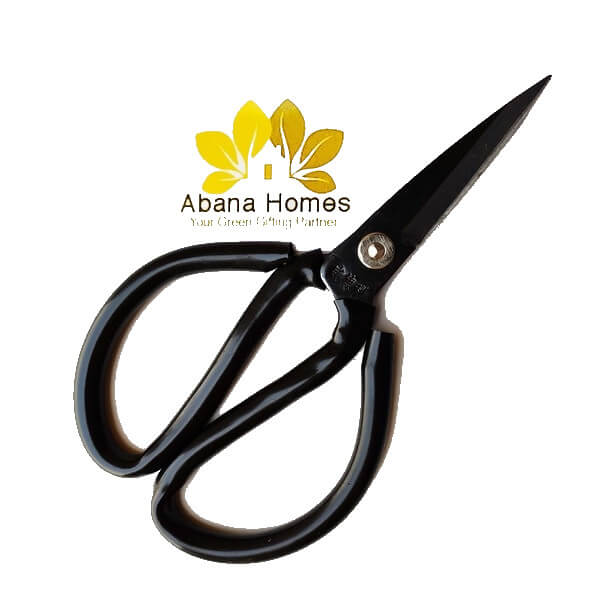
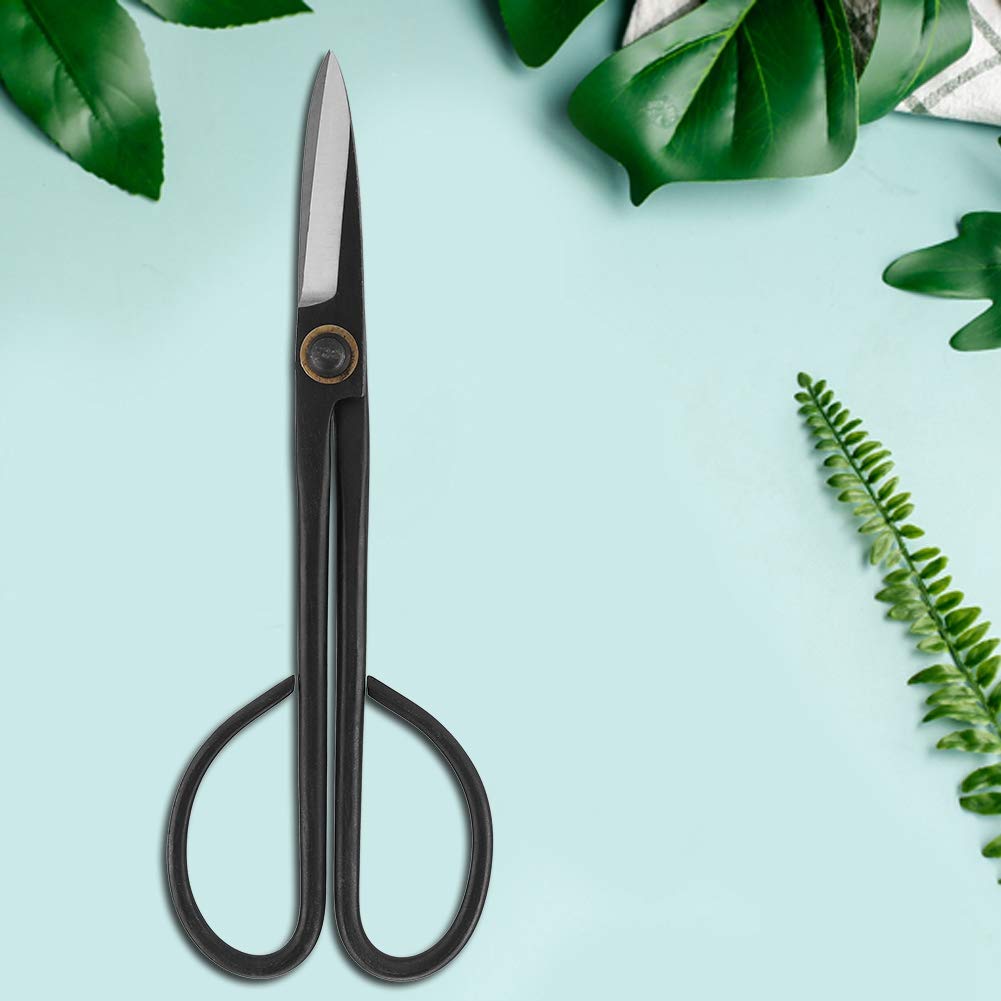
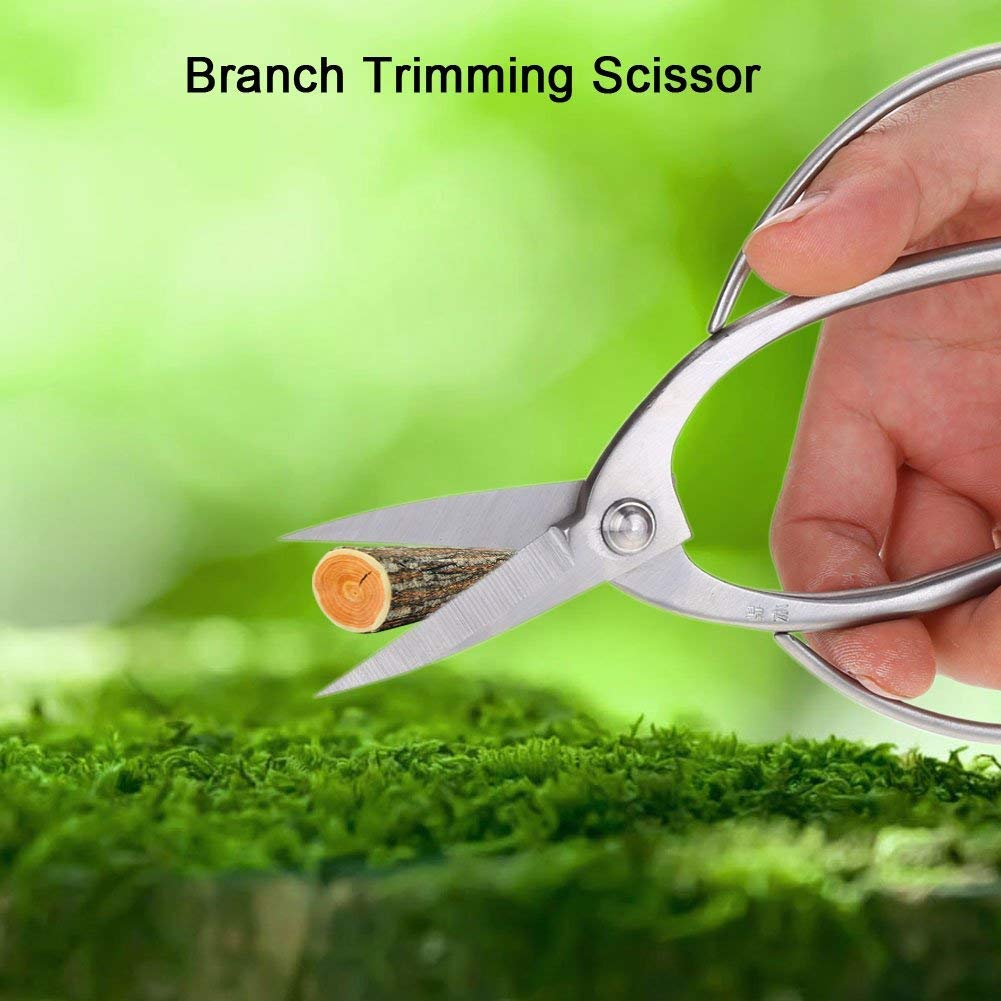
2. Wooden chopsticks
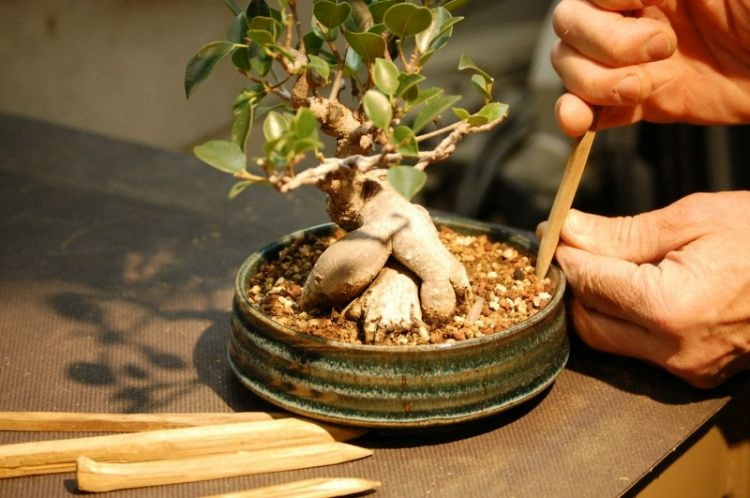
The most basic and cheapest bonsai tool is a household item and it is none other than a pair of chopsticks.
Even professionals often use chopsticks when repotting their trees. They are great for removing old soil and helping with the teasing of the new substrate into the root ball during repotting.
It’s not mandatory to use wooden chopsticks, you can use metal chopsticks as well, but to check moisture level wooded chopsticks would be more visibly easy to read.
Purpose: Moisture level checker and re-potting tool.
Uses:
- Chopstick as a moisture meter:
- Stick the chopstick in the pot, keeping a little bit of distance from the root base in order to not hurt the roots. Be sure the chopstick is touching the bottom of the pot.
- Leave it for a few minutes and then lift it to examine the dry and wet levels.
Tips:
- Don’t go harsh when poking the soil, it might damage the roots.
- Don’t leave the chopsticks for a long period, it might stand as an obstacle for root growth.
Best wooden chopsticks
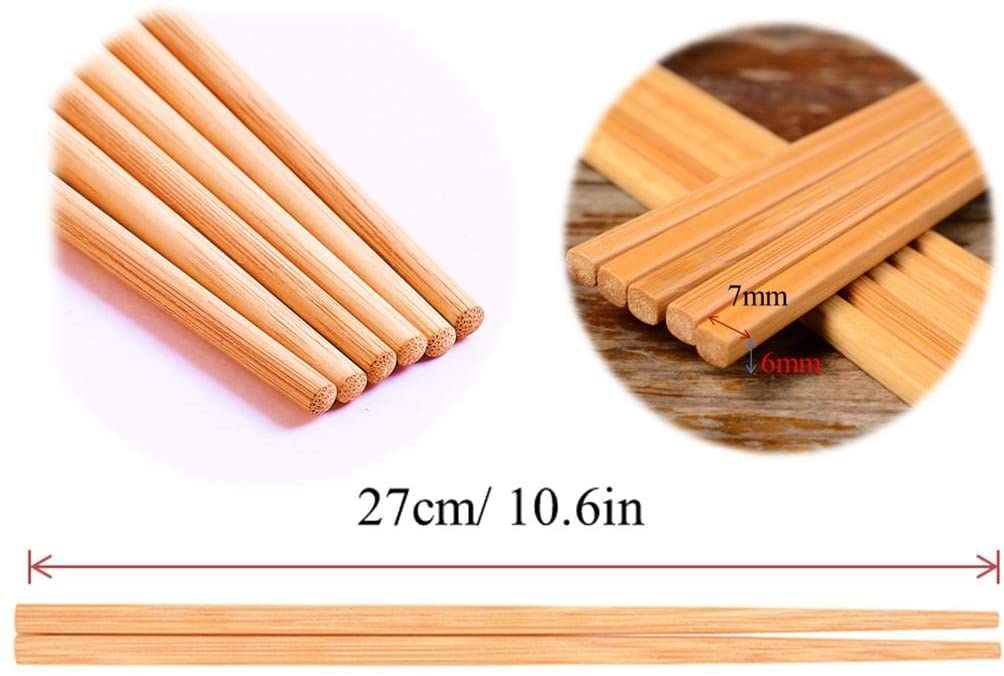
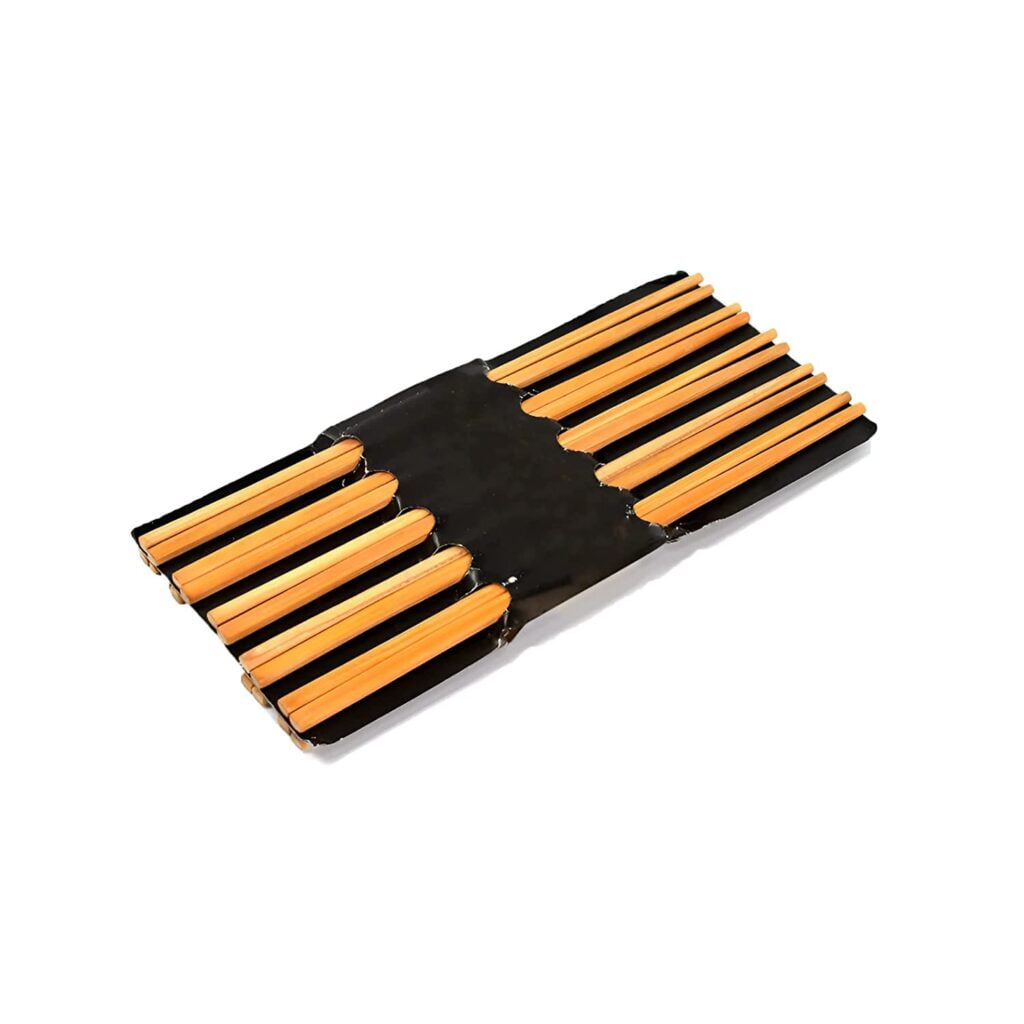
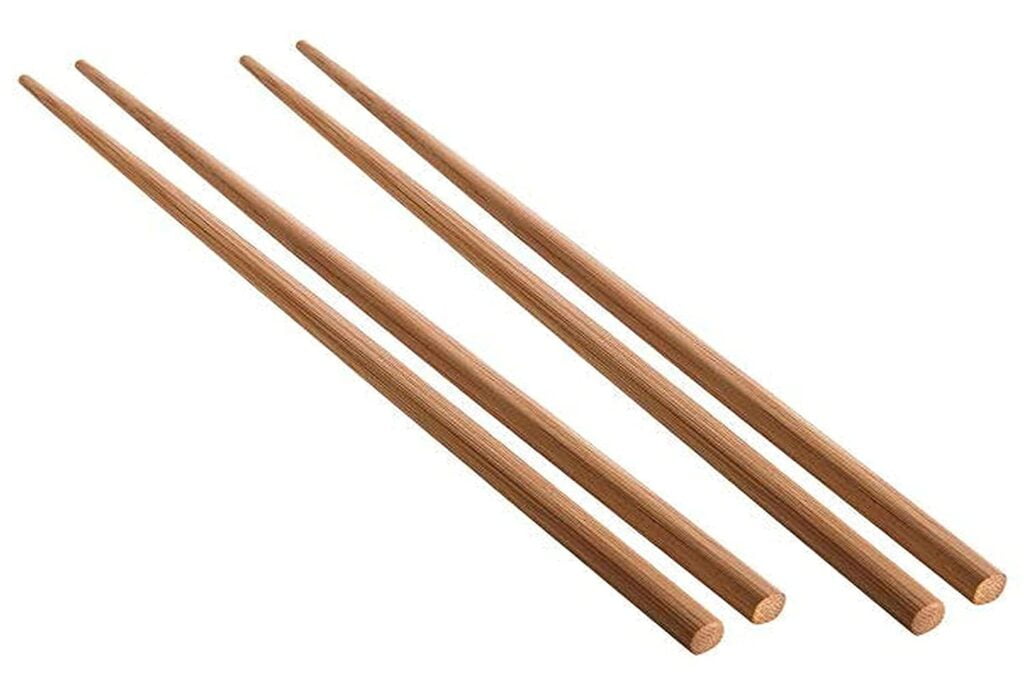
3. Concave cutter

Concave cutters create a curved or concave wound in the branches. This type of wound promotes better healing, giving the tree a neat and more lifelike appearance. By applying cut paste after using the concave cutter, you can minimize or eliminate scars from the cut.
Concave branch cutters are available in different sizes, so it’s important to choose one that matches the thickness of your tree branches.
Purpose: Cutting tool.
Uses:
- To shape the branches that look out of place.
- To create a concave wound to promote healthy growth.
Tips:
- For thick branches create partial cuts till you get to the whole branch.
- In order to avoid cracks use the rear side instead of edges.
- For thick branches, you can use a trank splitter before the concave cutter to soften the part.
Best concave cutters
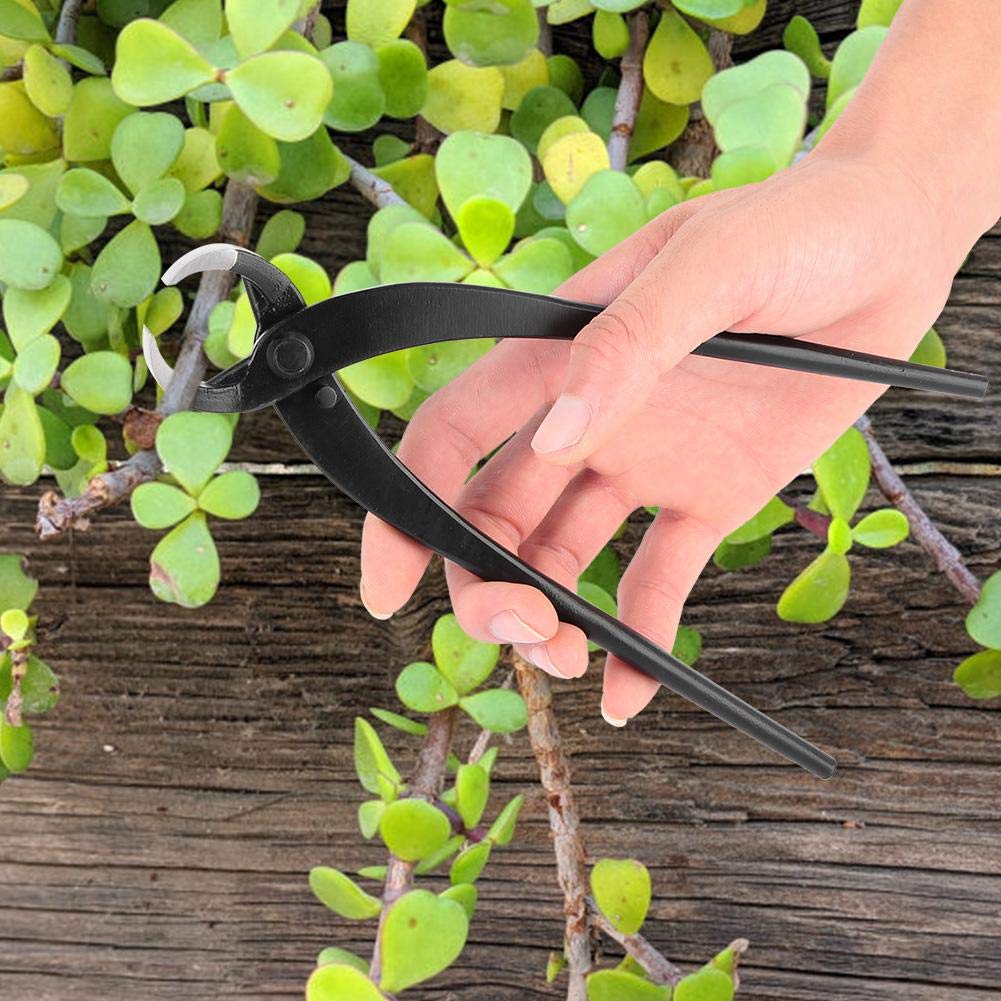


4. Bonsai wire cutter

Training wire is important no matter what plant you are using. And for that reason, you need a bonsai wire cutter. You can use the usual wire cutter too, but bonsai wire cutters are specifically designed to cut those training wires. They have rounder tips to be able to grasp those wires that are wrapped around the branches without causing any harm to the tree. Regular pliers have larger heads and is hard to access the inner areas of the branches.
Purpose: Cutting tool
Uses:
- To cut the right measurement while implementing training wires.
- To cut the wires while removing the wires.
Tips:
Only use bonsai wire cutters to cut the wires, as they are meant to cut metals they are sharp and can harm if used in branches.
Best bonsai wire cutters
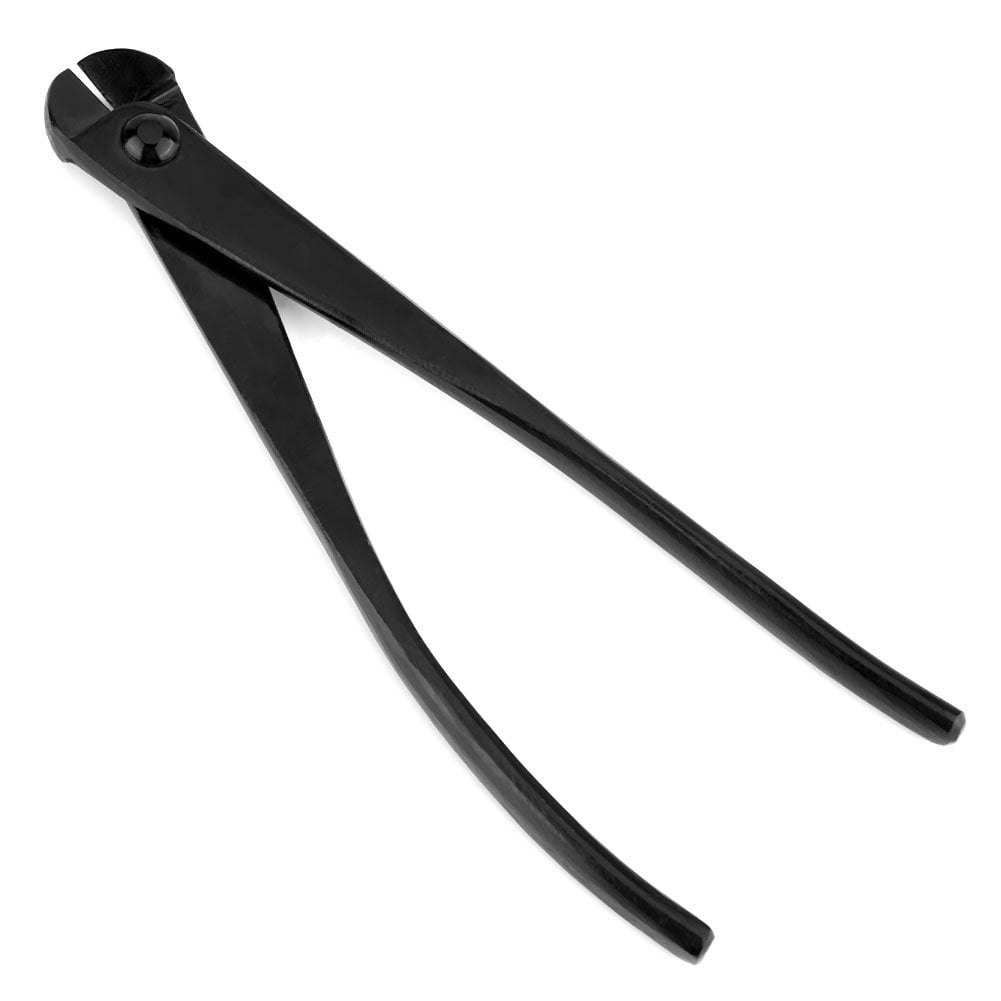
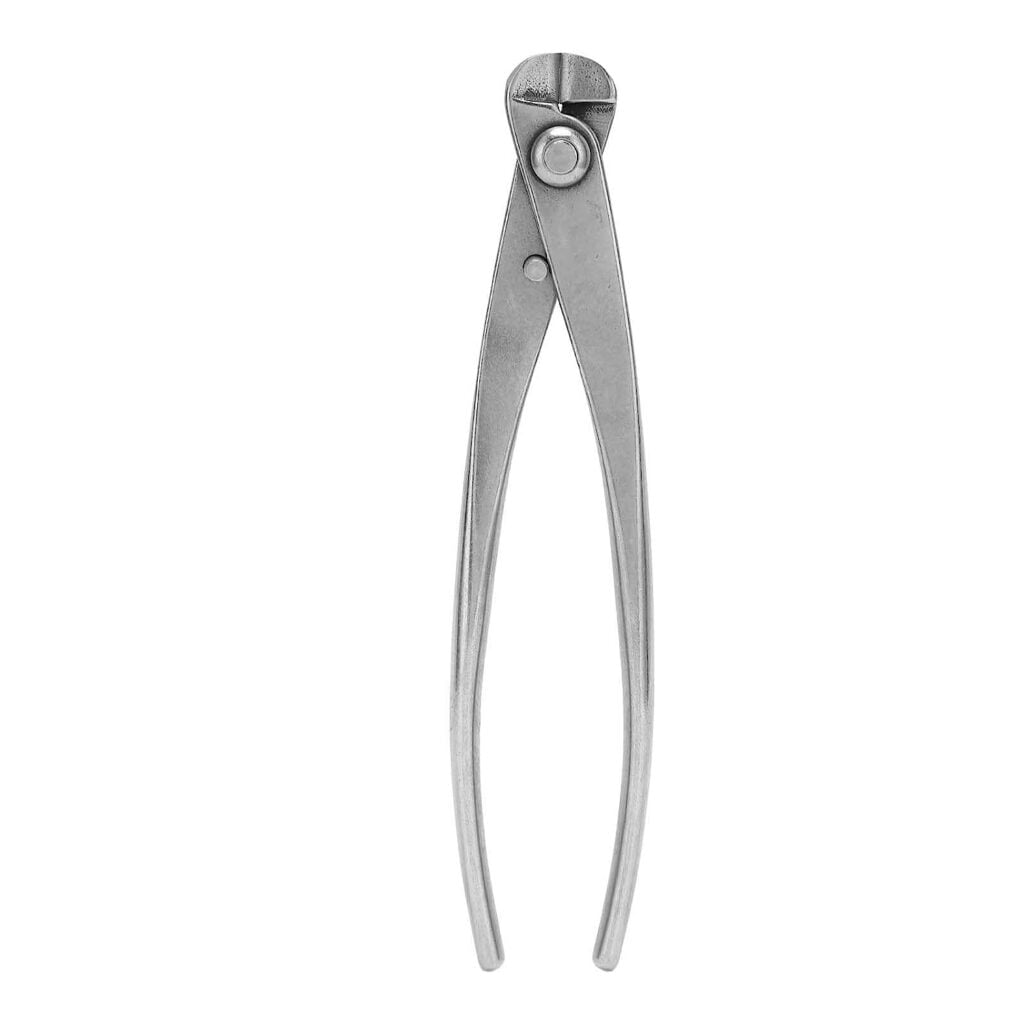
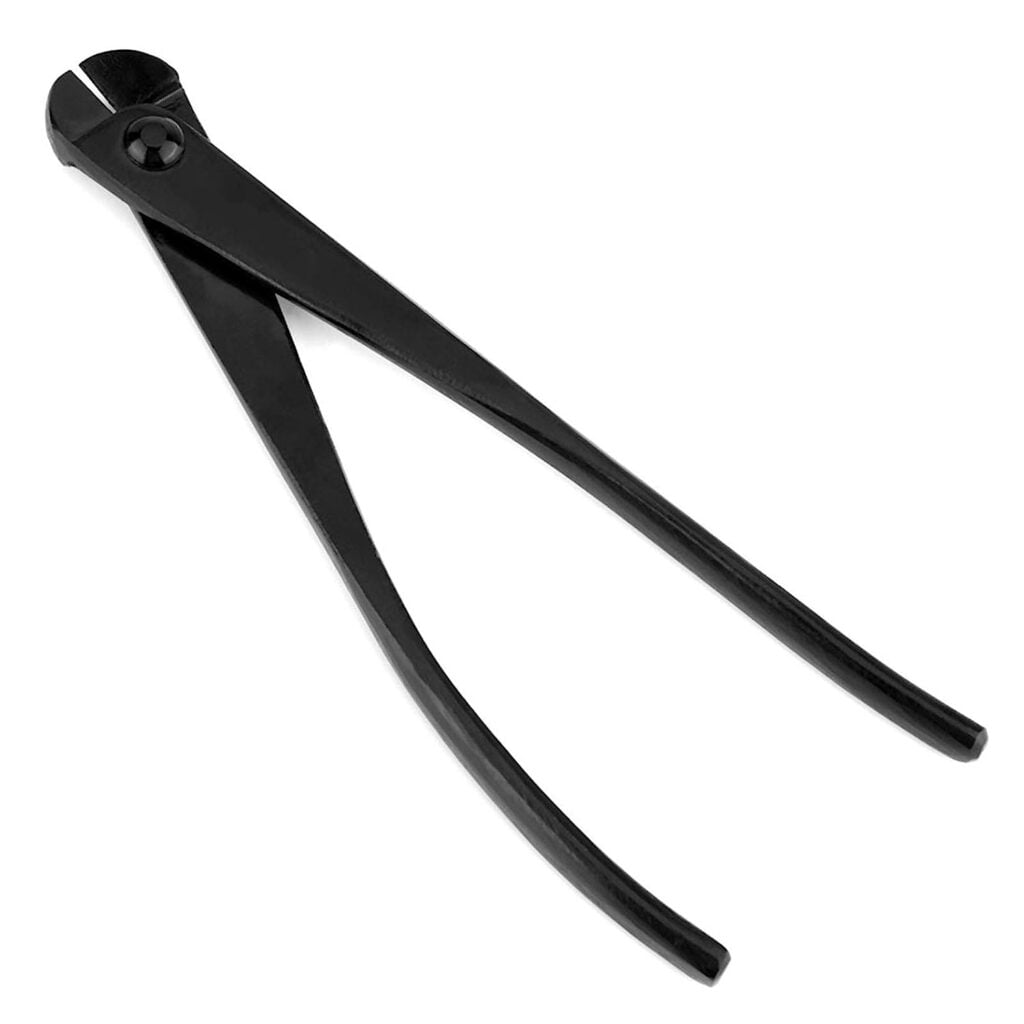
Best bonsai tools for advanced level
When you will be ready to use more cutting-edge techniques you can invest in tools like
5. Jin splitter or Jin pliers
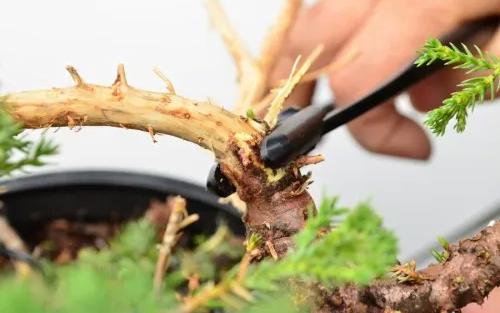
A Jin is a stripped part of a branch and the technique is used in bonsai to create a dramatic look. In nature, Jin occurs when trees are exposed to lightning, drought, or damage from ice, wind, or snow. This technique is mostly used on evergreen trees. A specific tool called a jin splitter or pliers is used to create a jin.
Purpose: Styling tool.
Use:
separate the bark from the branches so that only the hardwood remains. Use the jin plier to cut the slithers of wood. When you get the desired jin soothe the sharp edges with sandpaper or a concave cutter.
Tips:
- Use Lime sulfur over the jin to prevent it from rotting.
- You can use regular pliers but only to loosen the barks.
Best Jin Pliers
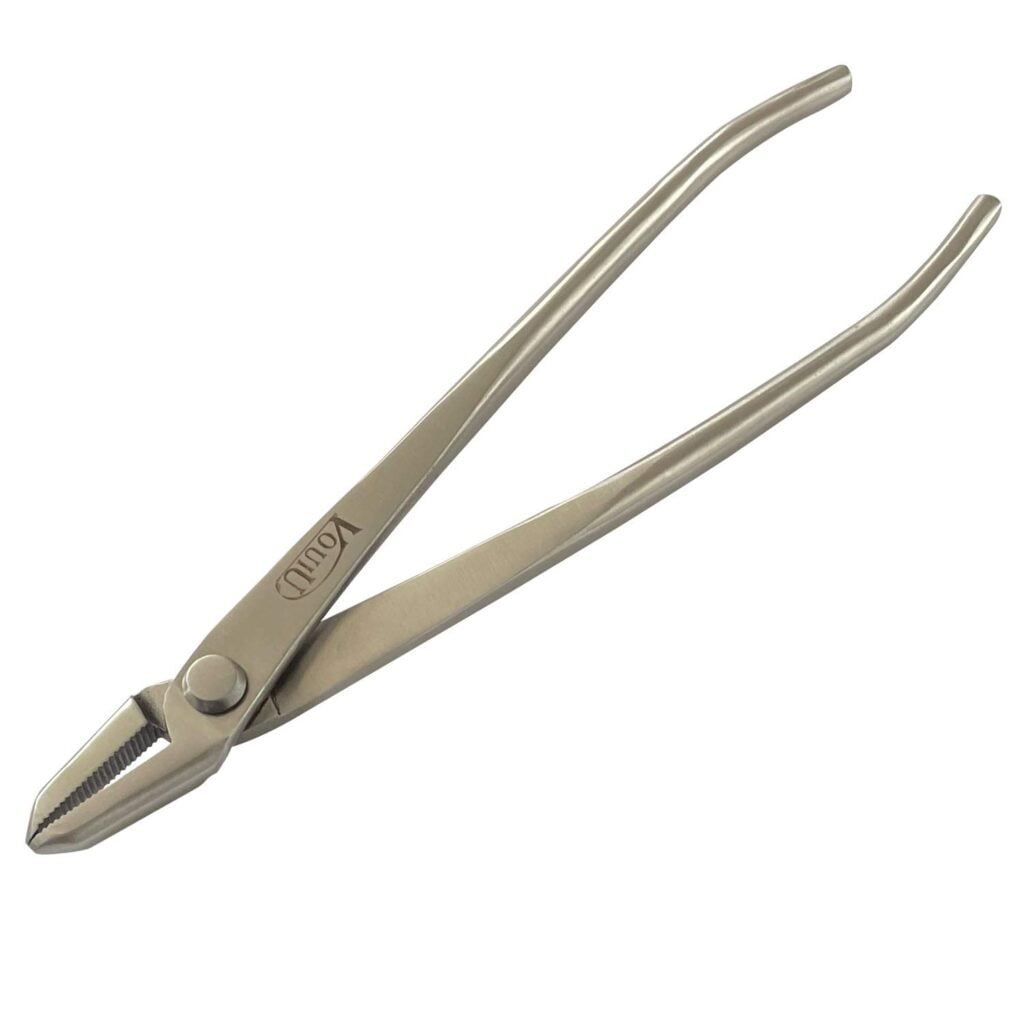
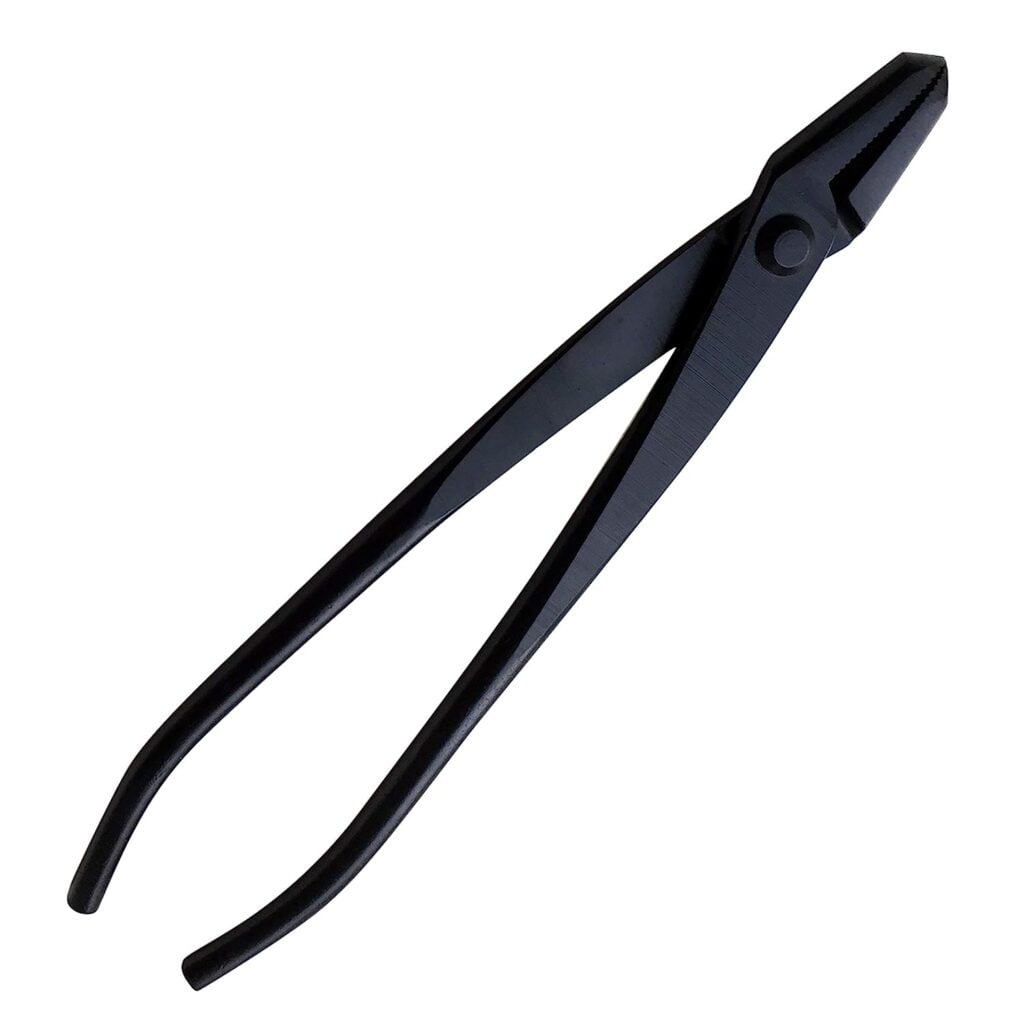
6. Knob cutter
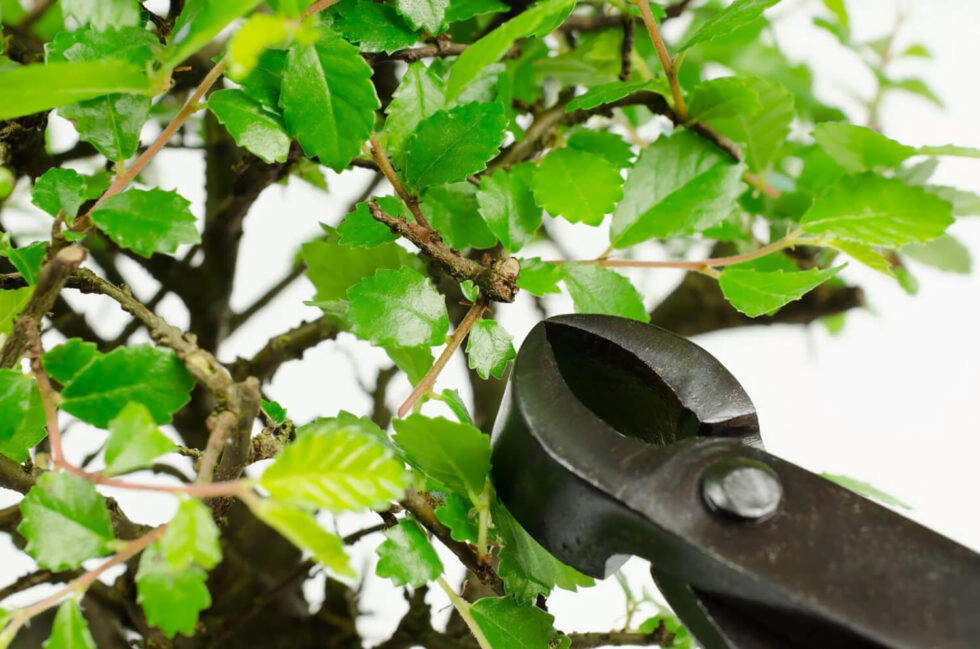
Bonsai trees are needed to be shaped by cutting specific branches and stem. To trim larger stems near the trunk, a knob cutter is necessary. The knob cutter has a rounded shape that creates clear cuts, allowing the tree to heal quickly and smoothly. The tool’s long handles are sturdy to provide extra strength for cutting thicker woody branches.
The round edge of the knob cutter may have some restrictions when it comes to cutting areas that are harder to reach. It would be ideal to have both concave and knob cutters in order to effectively maintain your bonsai.
Purpose: Cutting and styling tool.
Use:
Hold the knob cutter parallelly with the wound and cut it in one go for sharp results. For bigger wounds trim from the edges and then trim from the middle.
Best knob cutters

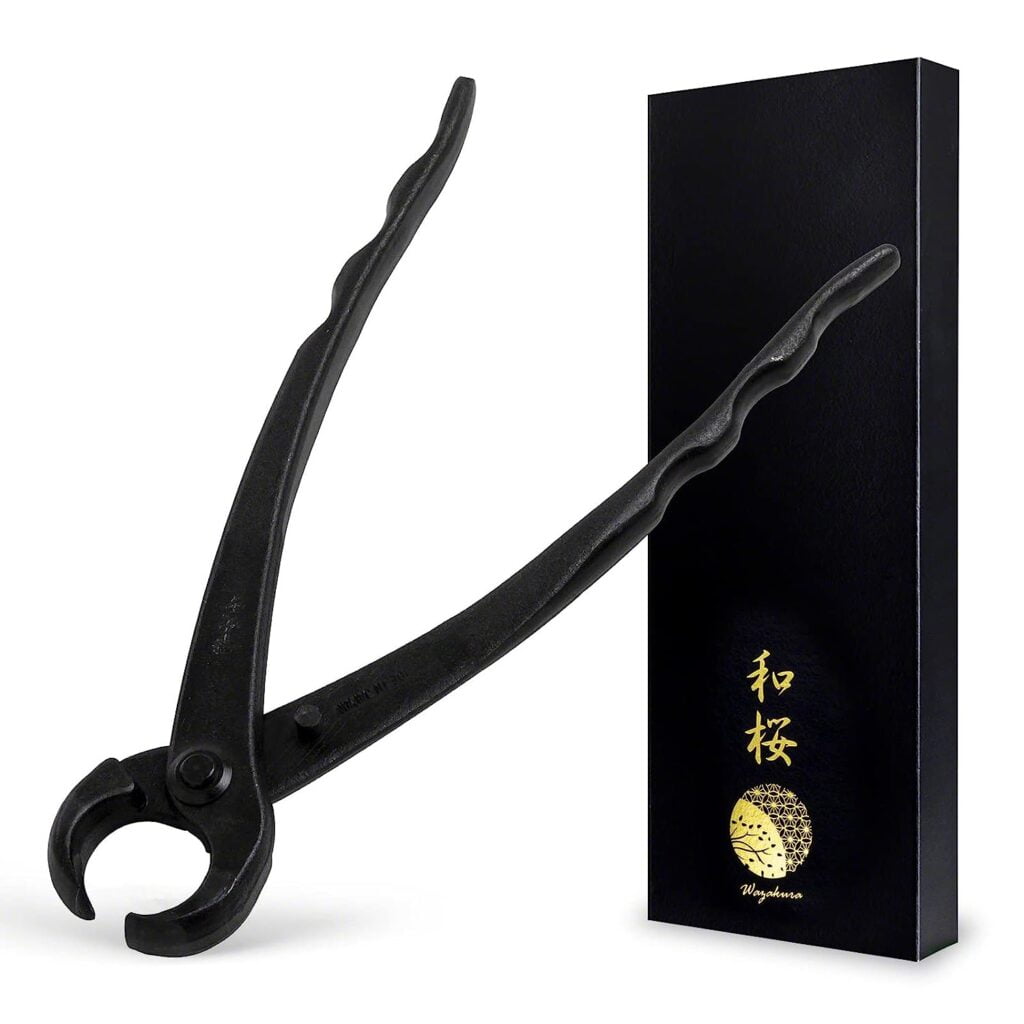
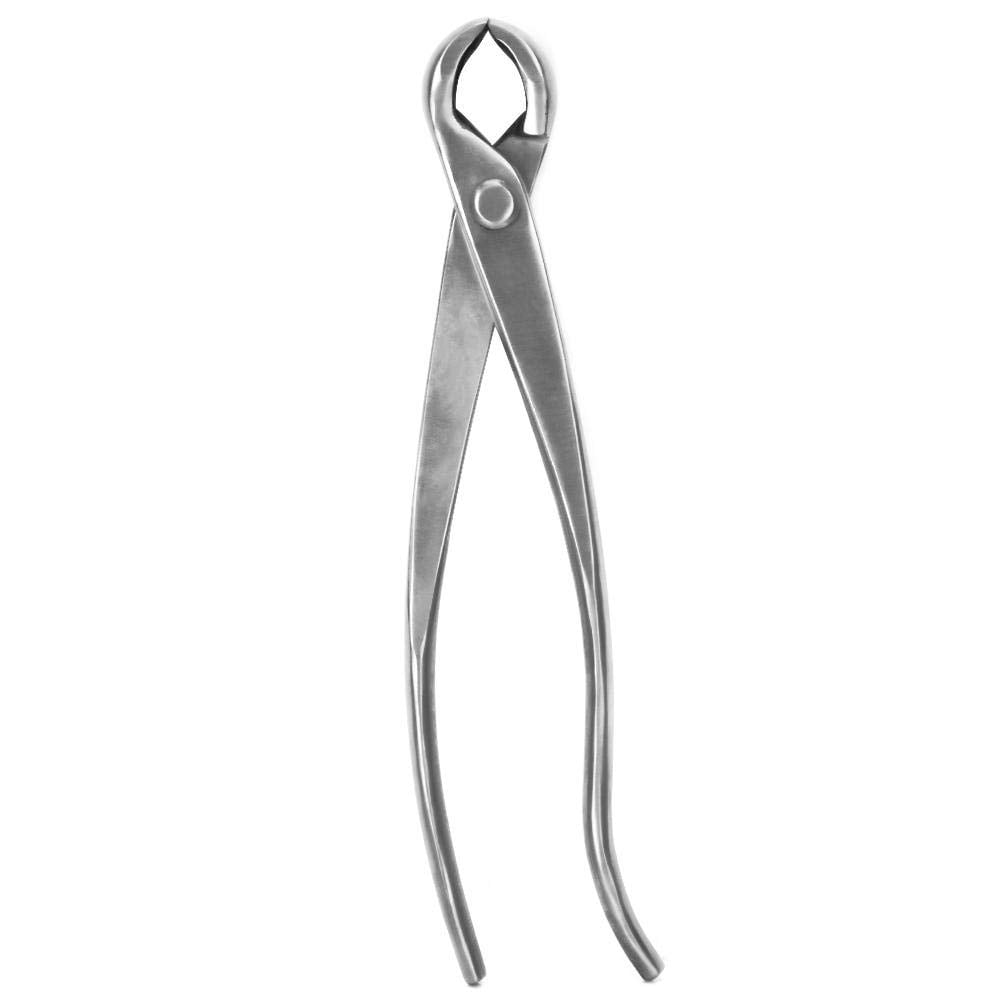
7. Gas torch
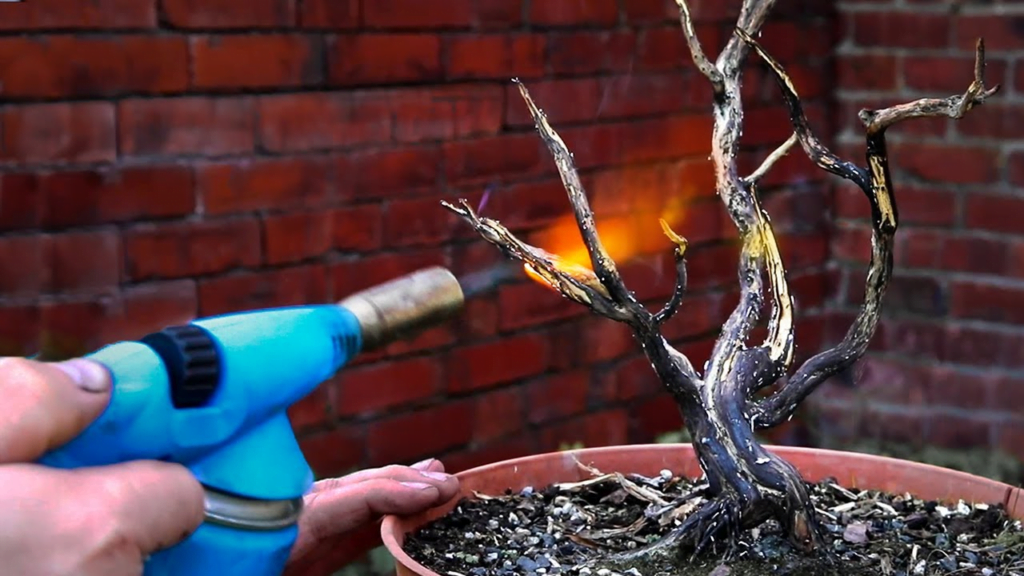
Removing any leftover strands of the fiber after peeling off the bark will make the bonsai tree’s jin or shari look natural. To smooth it out without any imperfection tweezing the fibers out would be time-consuming and fussy. You can use a gas blowout or gas torch to easily burn the fibers.
I know it might sound risky but trust me, if you use it with caution it won’t harm the tree.
Purpose: Styling tool.
Use
Smoothen out the sharp edges of Jin and Shari.
Tips:
- Hold the fire only for a couple of seconds to avoid burn marks on the tree.
- Use gloves for safety.
Best gas burners
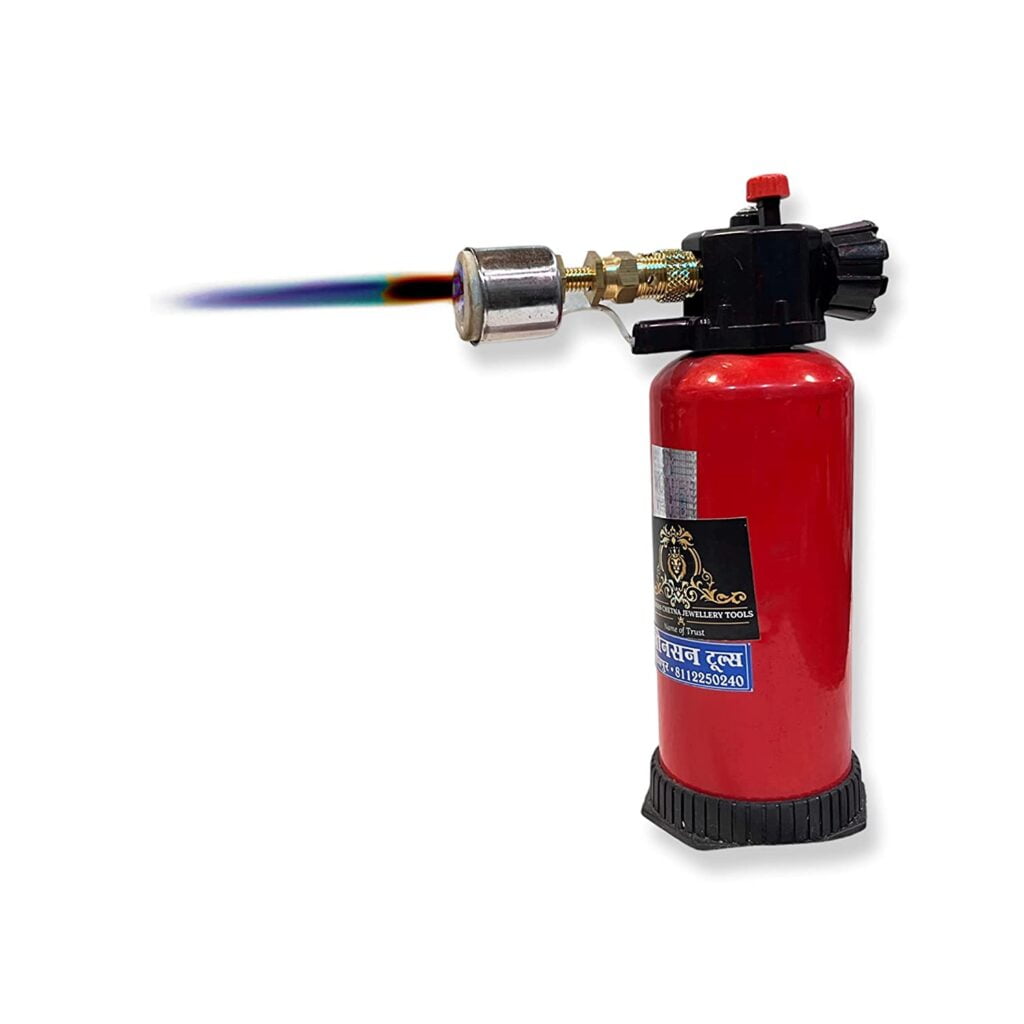
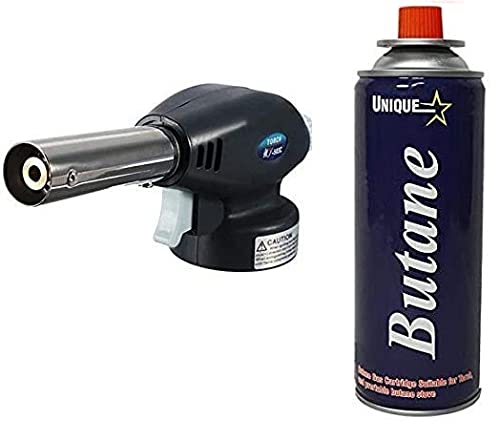

8. Carving tools
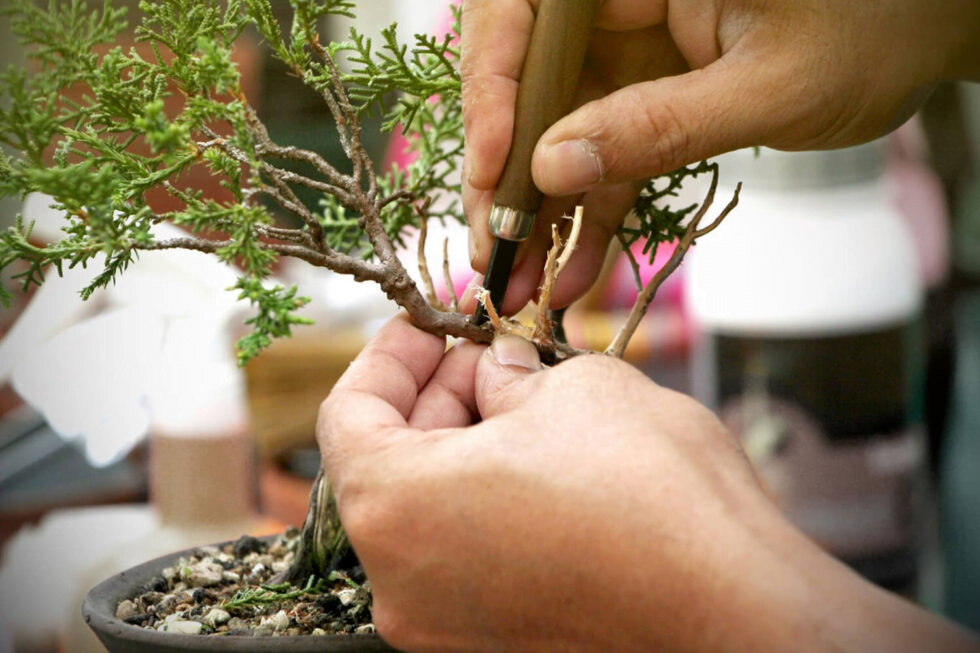
Jin and Shari help to make the bonsai long-lasting. It also created a dramatic look. To perform Jin and Shari carving tools are most necessary. It is usually available in kits with various shapes and sizes to reach desired places. You will find one fishtail gouge, that is used to outline the Jin. Other chisels spoon-shaped and V-shaped are used to remove or peel the bark.
Purpose: Styling tool.
Use:
- Use to create Jin and Shari.
- Helps to clean the sharp edges caused by Concave cutters.
Best carving tool kits

9. Pruning saw
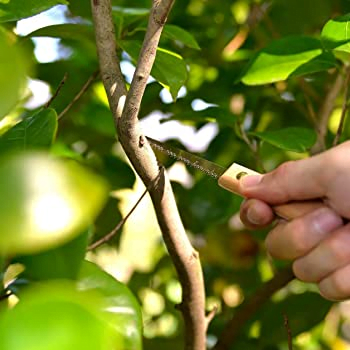
Pruning is important to keep the bonsai at a certain height, but sometimes pruning shears are enough and that’s when a pruning saw or knife is needed for deep pruning. I have selected four of my favored pruning saws that I have been using for over eight years in our nursery and will list them below.
purpose: Cutting tool.
Use:
- To perform deep pruning.
- To get rid of unusually thick branches.
Best pruning saw
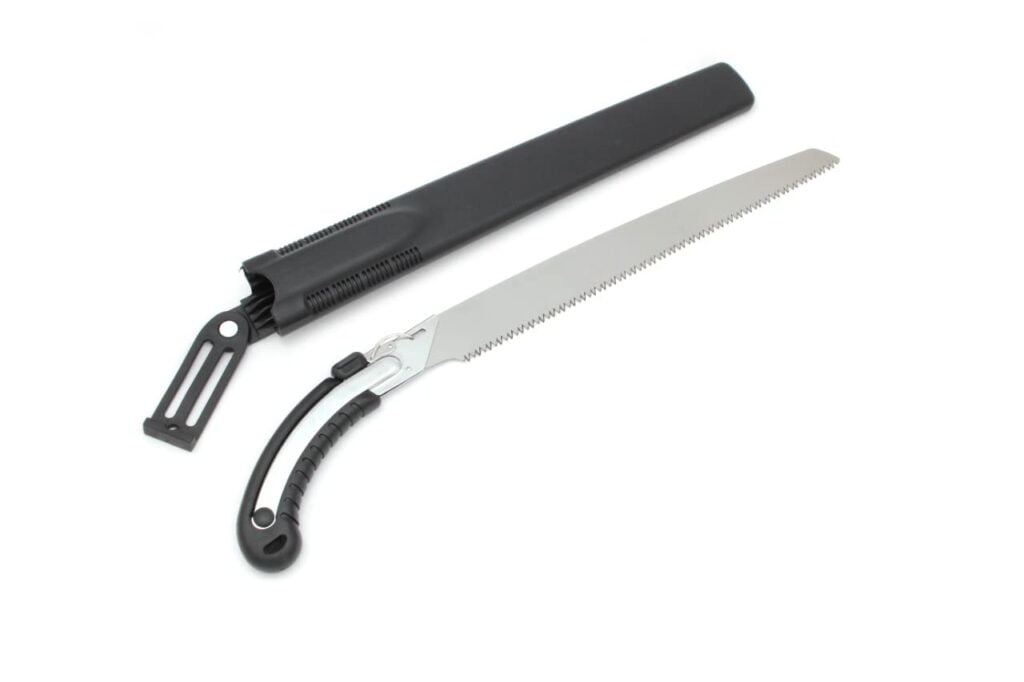


10. Trunk splitter
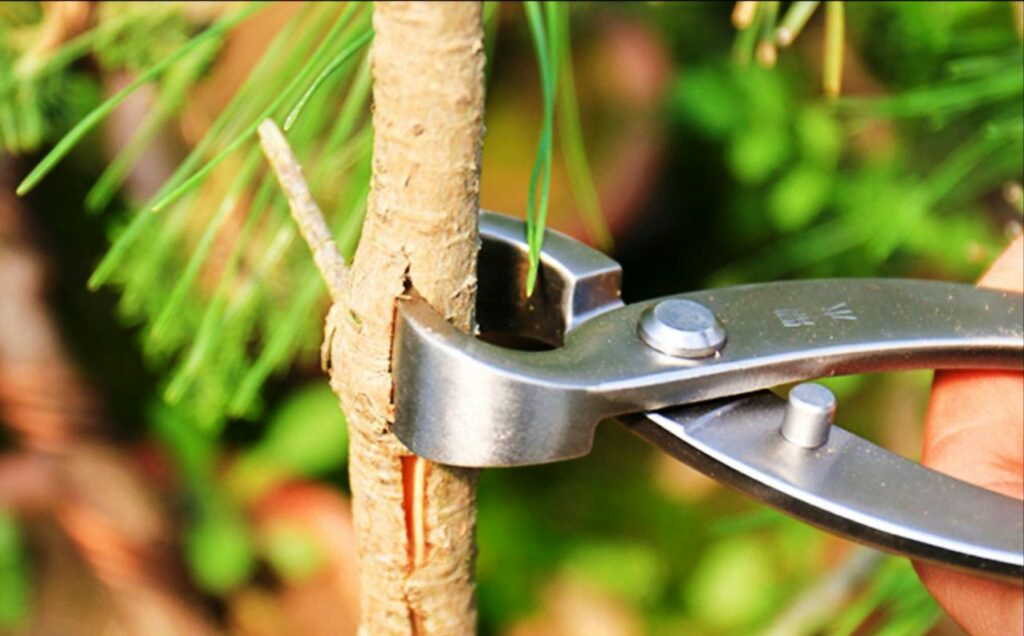
One method for achieving dramatic bending in bonsai is by using a training wire. But, not all tree branches or trunks are appropriate for this technique. Some are too tough, while others are too breakable to handle excessive pressure.
To make stiff branches or trunks more flexible and prevent breakage, a trunk splitter can be used. This tool partly splits the trunk or stem, increasing its probability of natural and gradual heavy bending.
purpose: Cutting tool.
Use:
Soften the branch and barks for heavy bending.
Tips:
It’s crucial to exercise extreme caution when using this tool, as improper usage can result in the complete breakage of branches or trunks.
Best trunk splitters

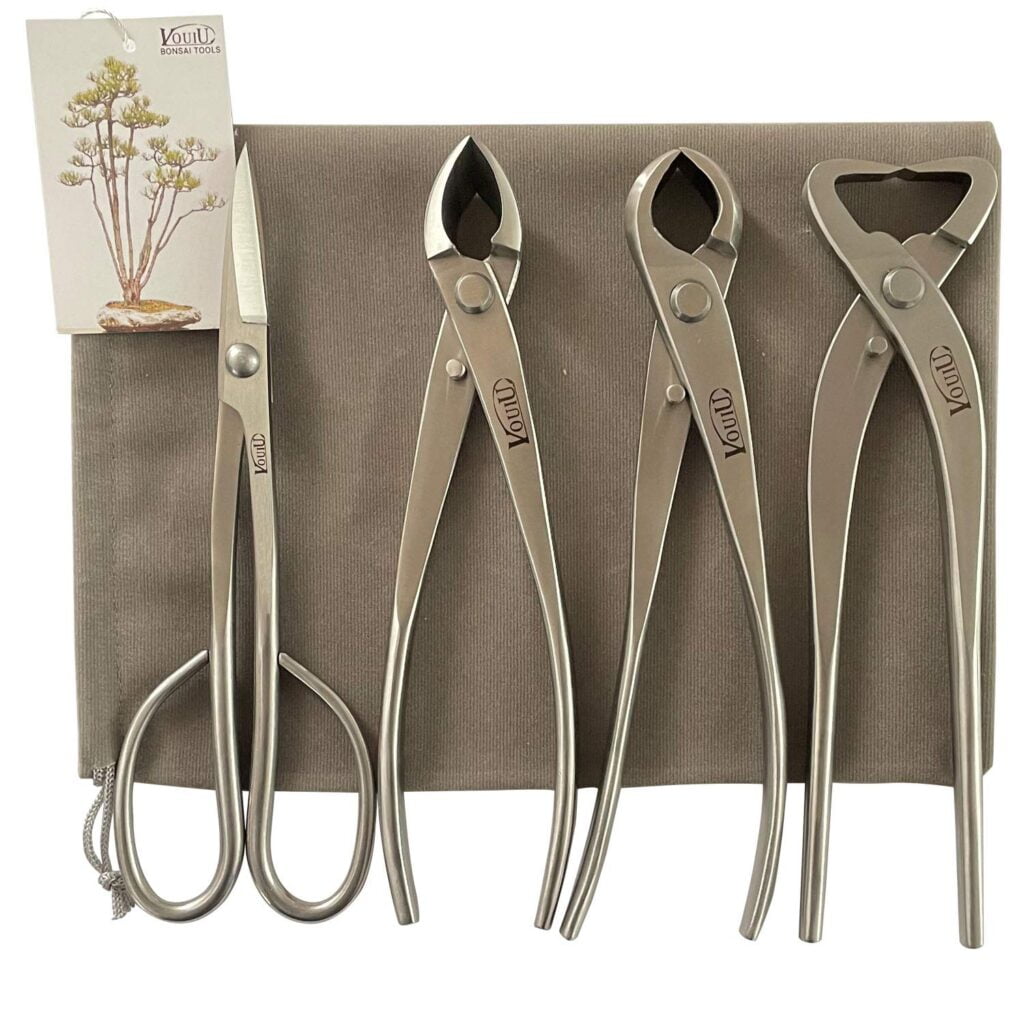
11. Root cutter

Root cutters are sharp tools and in order to get that sharpness the steel has to be rust-free. A pair of shears can do the root-cutting work, but root-cutting tools are needed when the root is thick. Root cutters are available in various shapes to adjust to the size of your bonsai. It works wonders in removing specific adventitious roots.
Purpose: Cutting tool.
Use:
Removing thick roots and cleaning root mass.
Tips:
As there’s dirt or mud involved in root cutting cleaning the tool is essential to avoid rust.
Best root-cutting tools
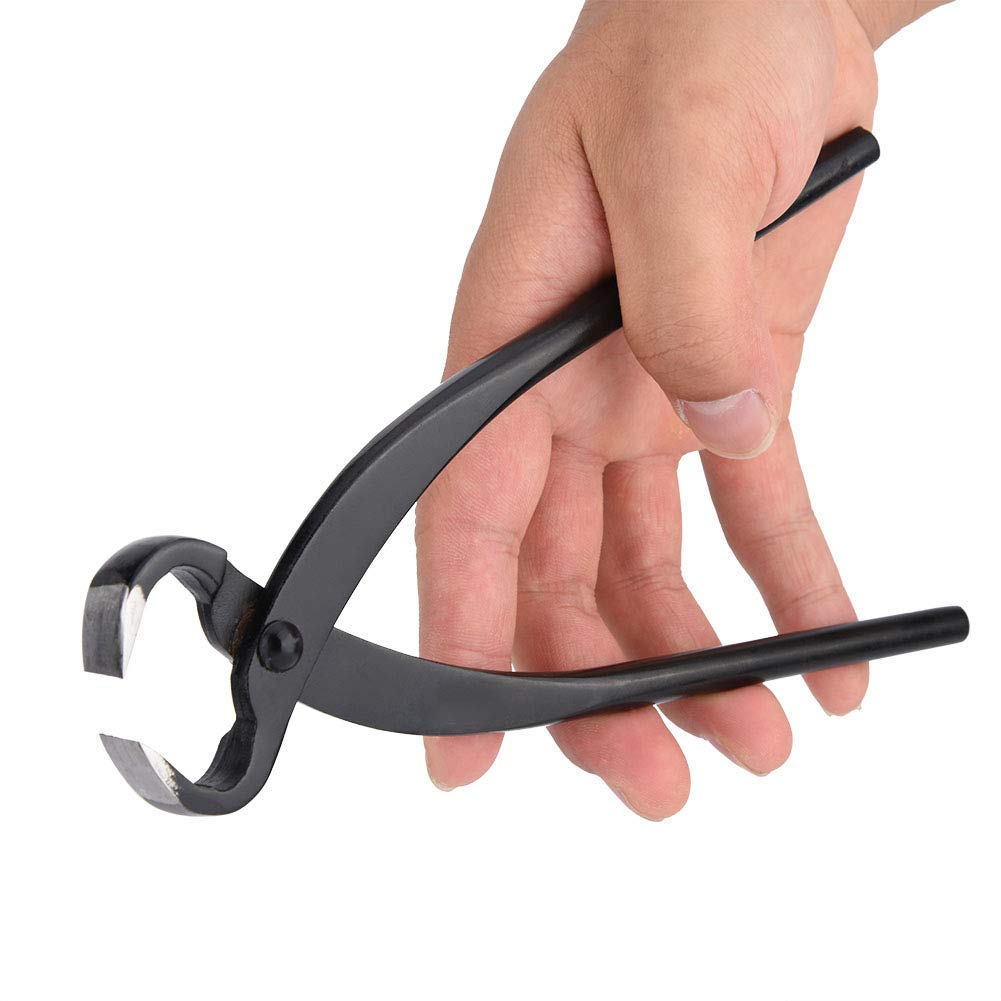


12. Training wire
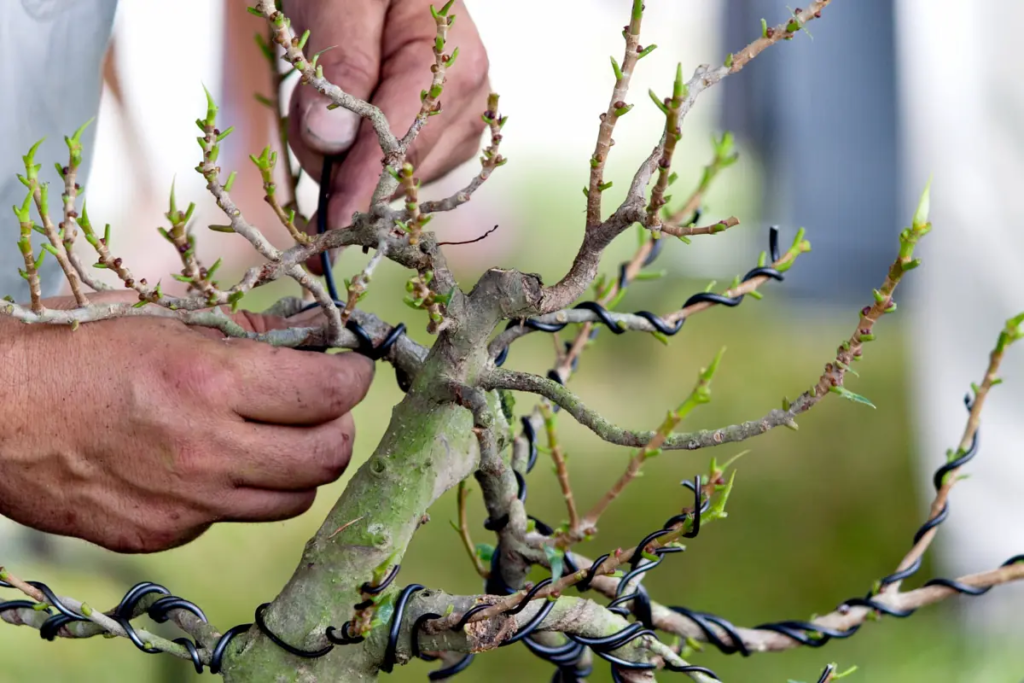
Training wire is used to change or modify the direction or form of a precise part of the bonsai. Training wires are used to wrap the wire around the trunk or branch and then carefully bend it to achieve the shape or position that you preferred.
Two kinds of training wire can be used for bonsai aluminum and copper. Deciduous bonsai species work better in aluminum wire and pine trees need hard wire like copper. Beginners should use aluminum training wires as they are more manageable.
Purpose: Styling tool.
Use:
To shape the tree.
Tips:
You should observe if the wires are digging the branches. Wires should be removed every two to three months.
Best training wire

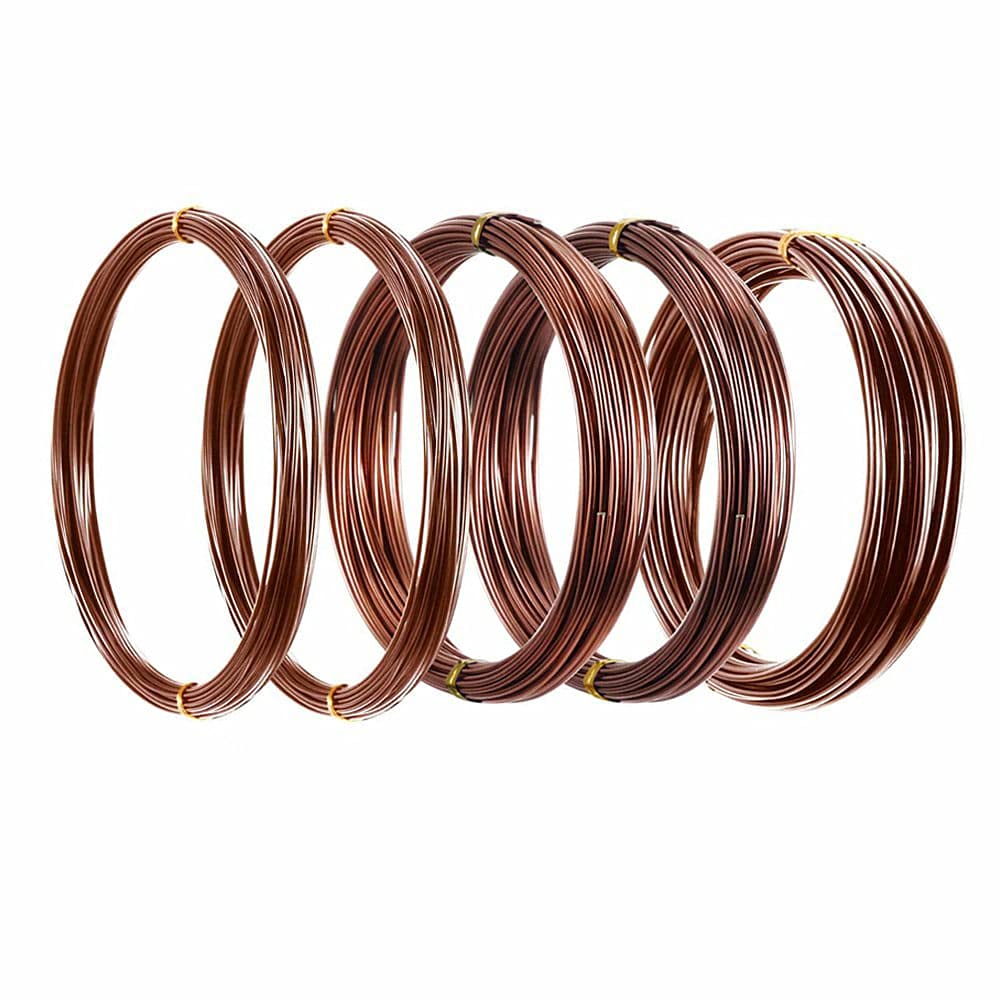
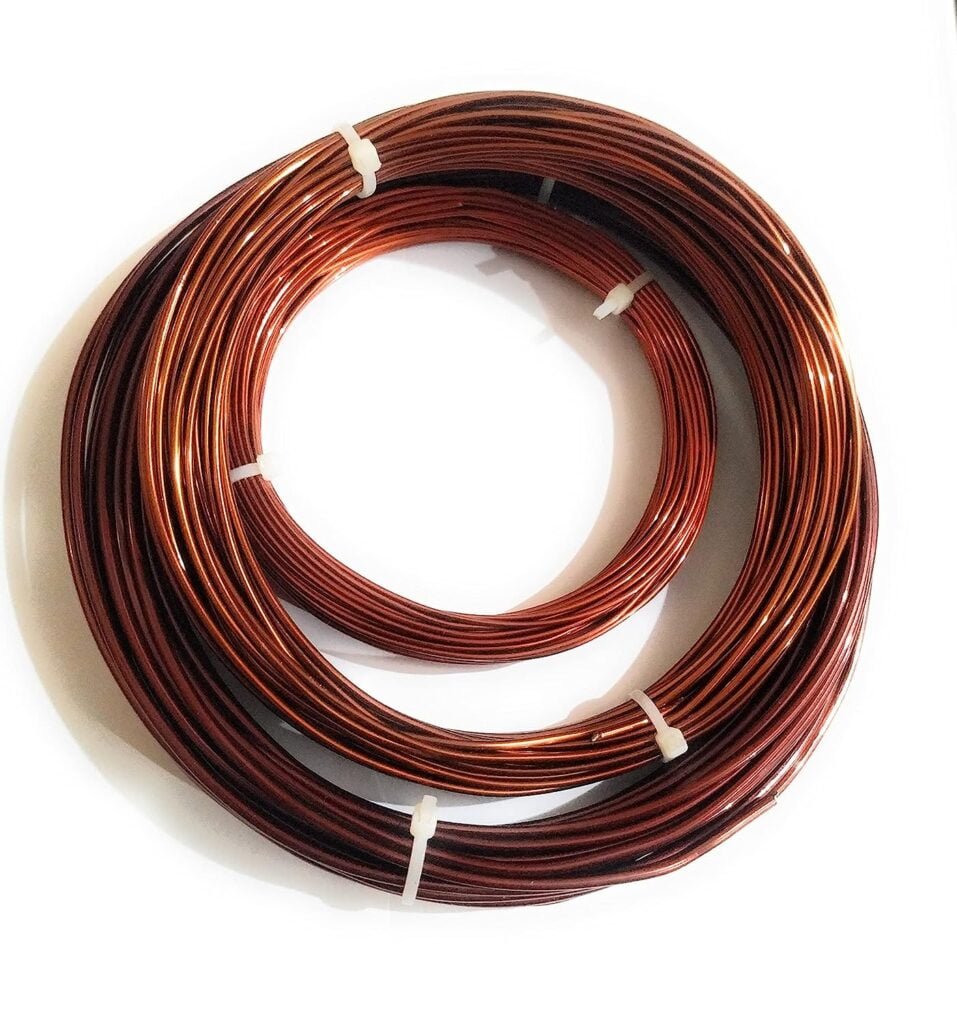
13. Sickle saw or knife
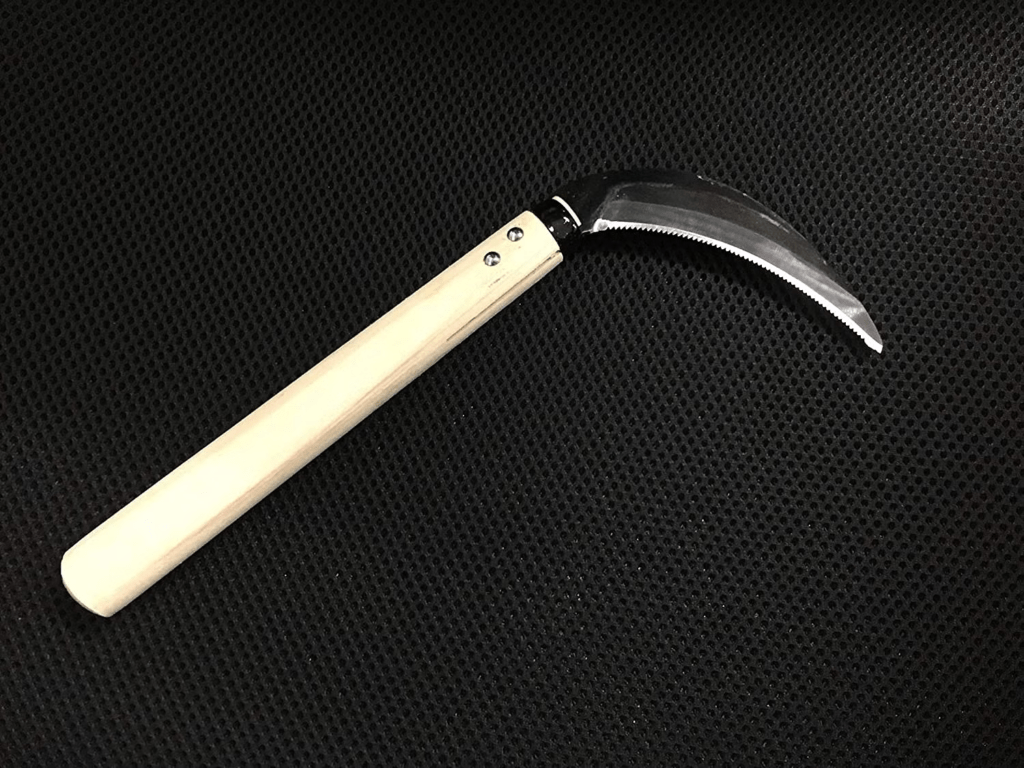
The soil of your bonsai tree might be clumped together, or the tree’s roots might have grown into the inner walls of the pot. There could be various reasons that can make the bonsai hard to remove from the tree. But Instead of forcefully breaking the pot while removing your bonsai, you can use a sickle or pruning saw to free your tree without causing damage.
No matter what the cause is, using a Pruning saw or knife will solve the problem smoothly. You can even use the inner side of the saw’s blades to trim roots and remove clumps of old soil from the root ball.
Purpose: Cutting and repotting tool.
Use
Root pruning and remove old soil from the pot and root ball.
Best pruning or sickle saws

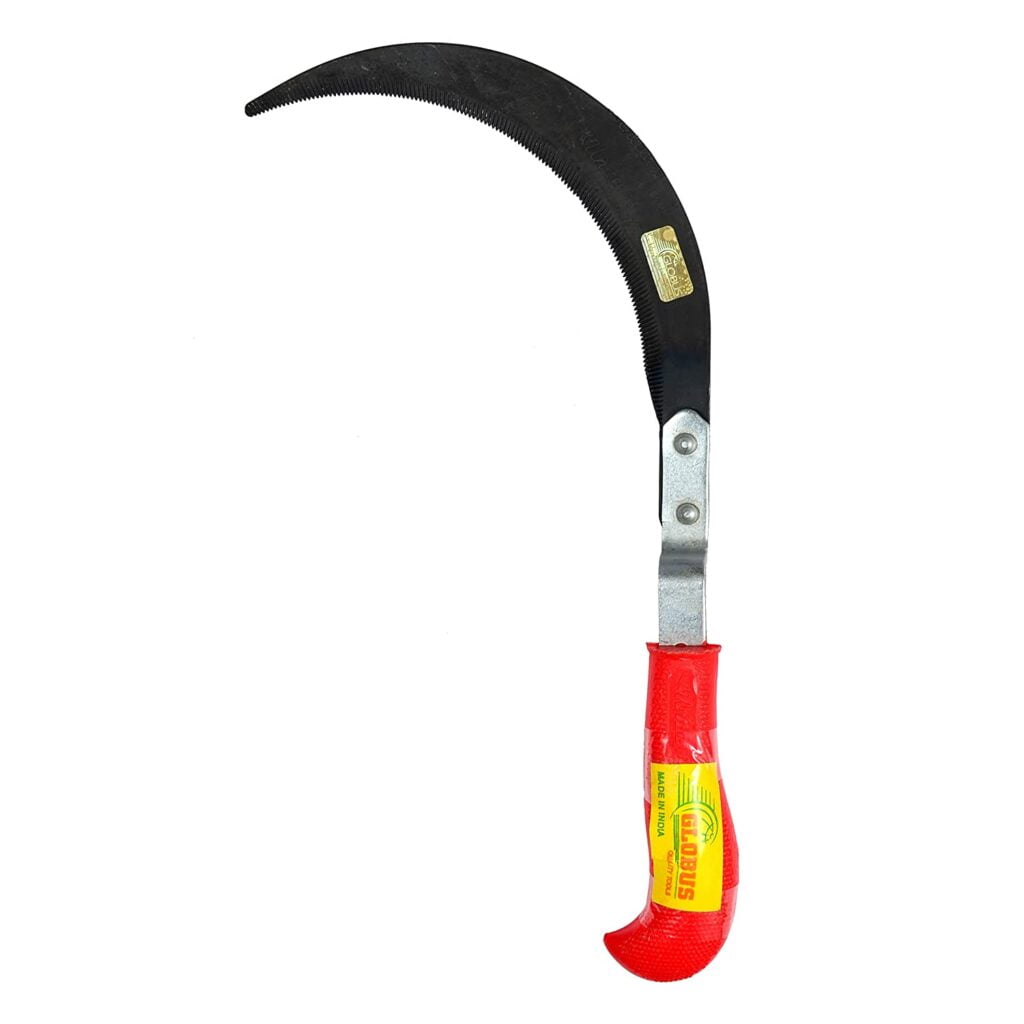
14. Root hook
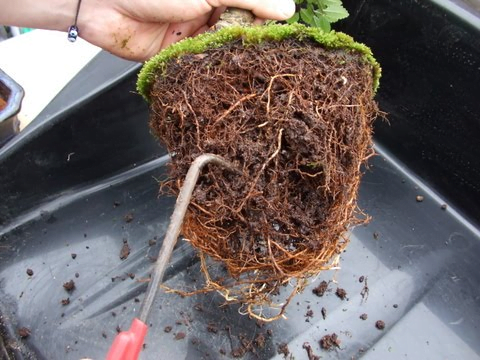
The root hook is equipped with a single hook, which allows you to be specific and pinpoint the exact spot in the root structure. The root hooks are designed to easily remove the clumped soil from the root ball. By using the root hook, you can gently loosen the soil within the root ball. By that, you can avoid accidentally injuring the tree while working on it. An essential tool for repotting.
Purpose: Repotting tool.
Use:
Removing clumped soil and loosening the soil during repotting.
Tips:
- You can use this tool to untangle crowded roots.
- It is sharp so be gentle.
Best root hooks
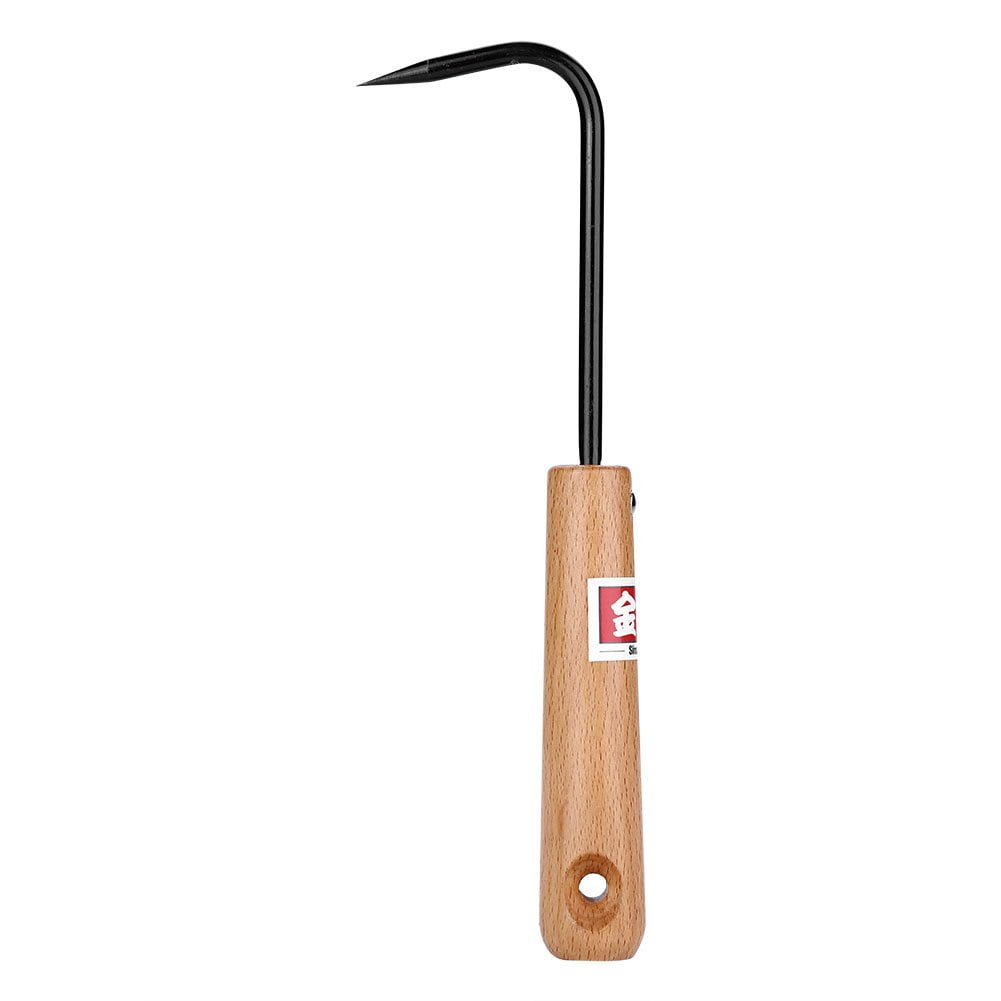
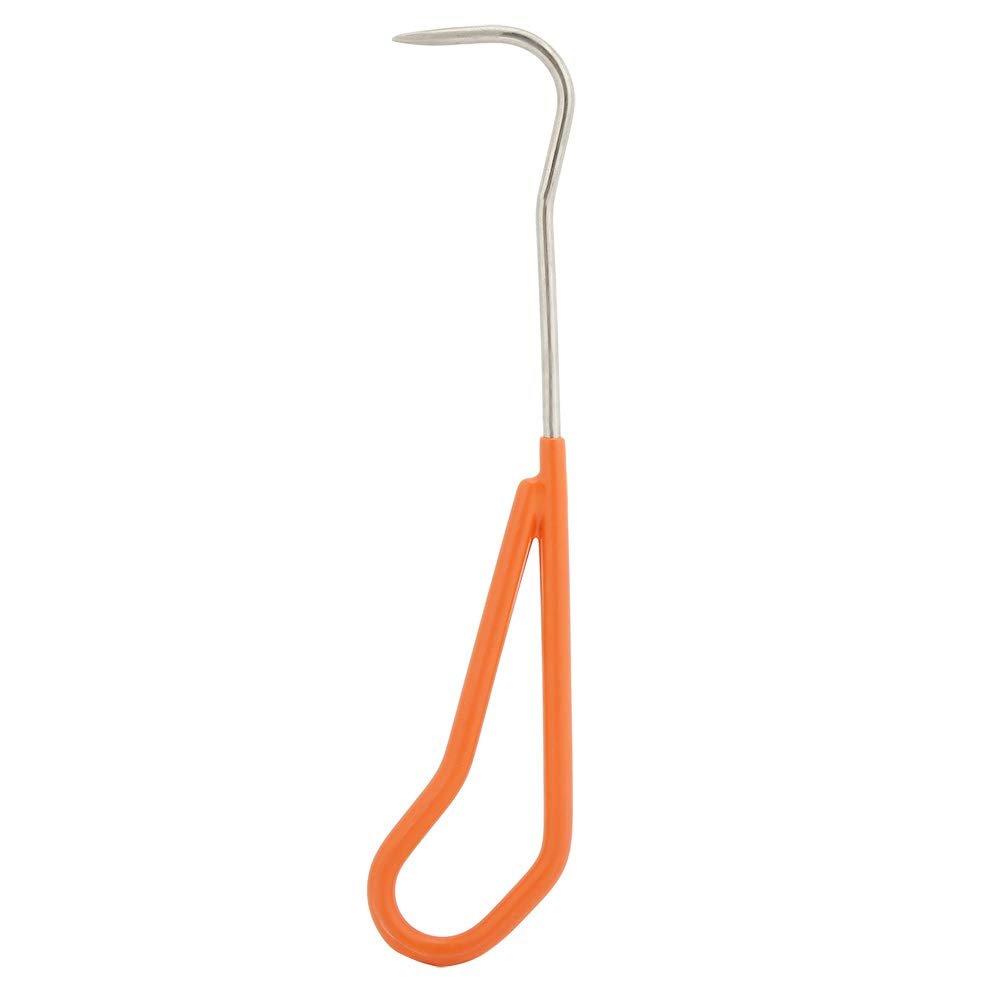
15. Rotary tool
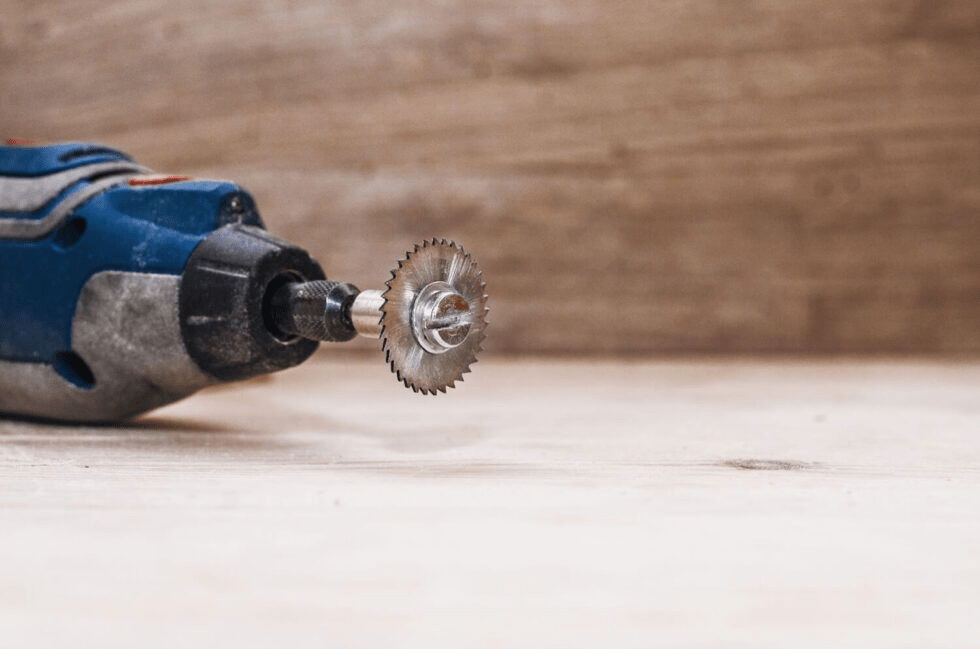
A rotary tool is a strong heavy-duty tool that runs on electricity and it performs different tasks of styling and shaping. In bonsai, it is used to create Shari.
Its regular marker is used for shari outlining and the sandpaper head is used to smoothen out the sharp edges of the shari.
Purpose: Heave-duty cutting and styling tool.
Use:
To make Shari and hollows.
Tips:
- You have to be cautious while handling them because they are electric-powered and not controlled by hand.
- Buy a rotary tool with a speed control feature to have minimum control over the tool.
Best rotary tool
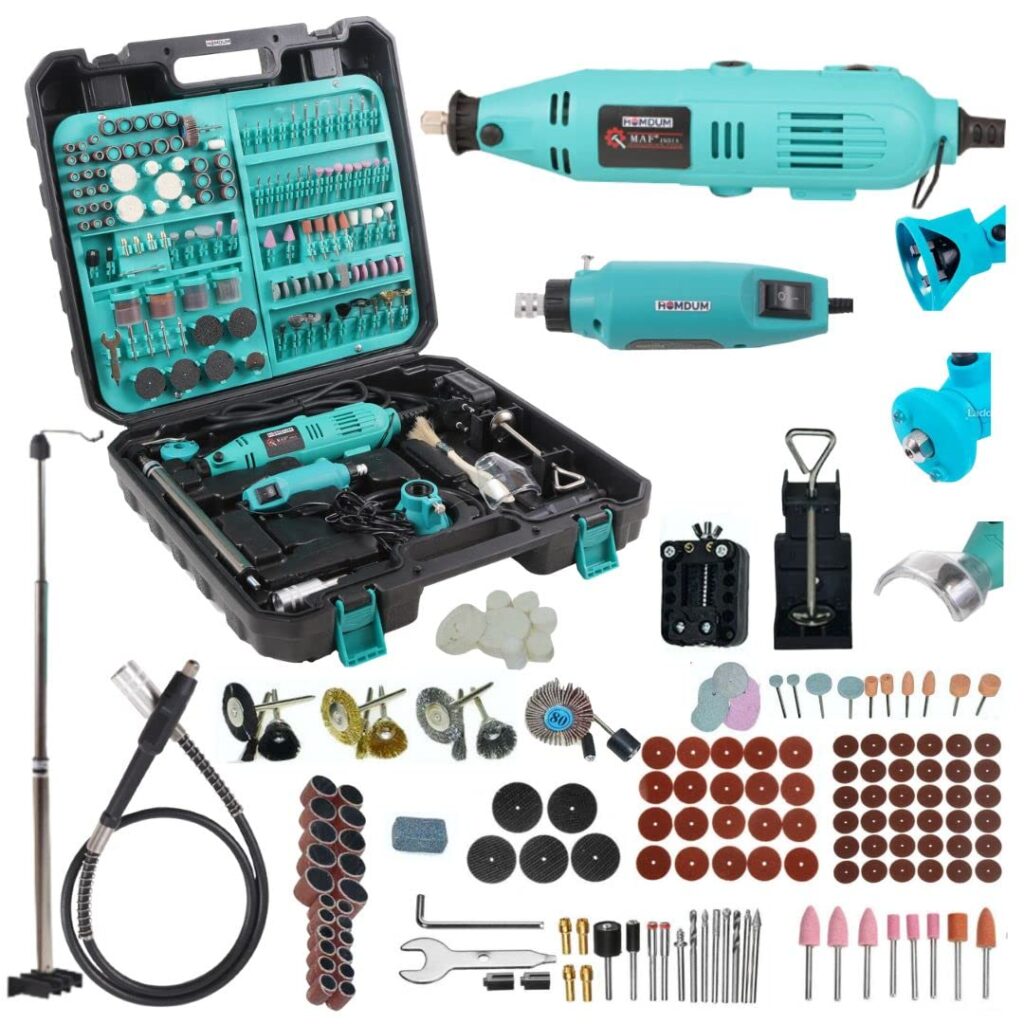
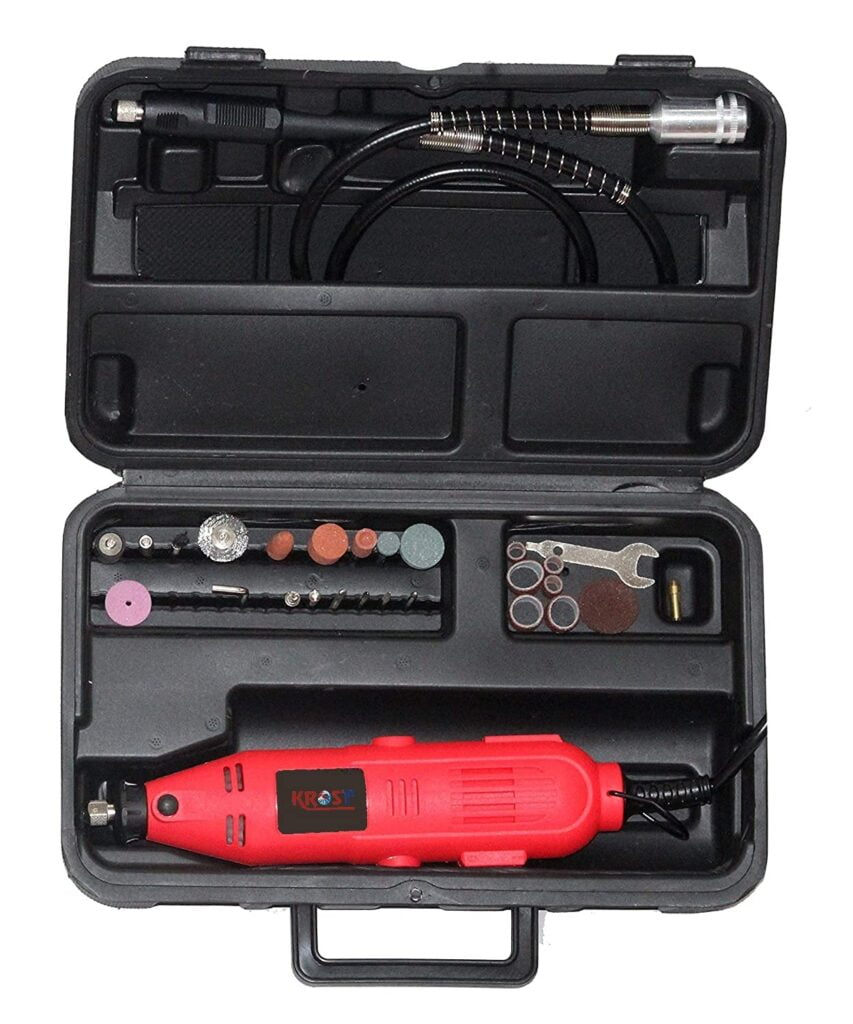
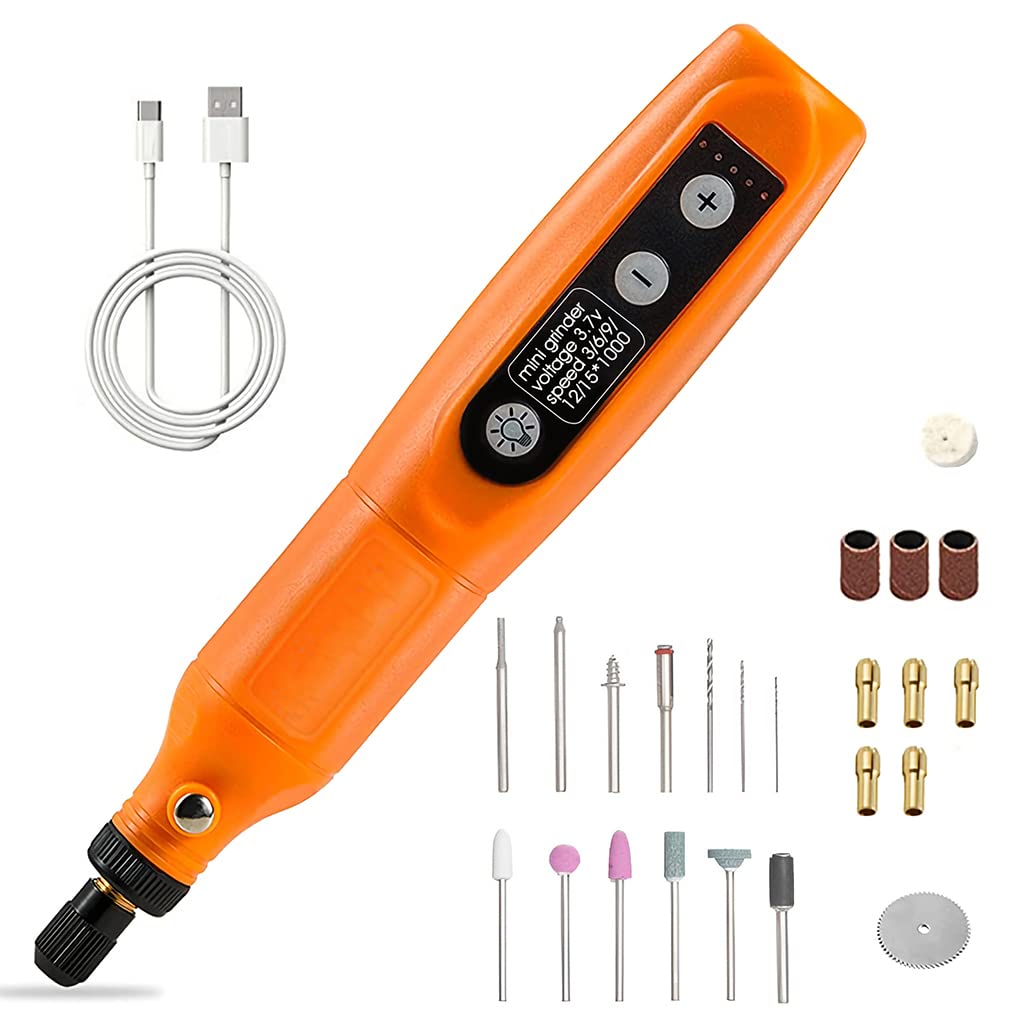
Which material to choose for the best bonsai tools?
Japanese Bonsai tools are famous for being really good in quality but they are expensive, while Chinese tools are getting better in terms of both quality and cost. Most tools are made of black steel, which requires a bit more care because it can rust. If you want another better quality, stainless steel tools are available, but they are even pricier. Make sure to use your Bonsai tools only for their intended purpose and take good care of them. I immediately wipe out the mud and water from the tools just after using them, especially tools that involved meddling in the mud like root hoot, and root cutter and I have been using those tools for eight years.
Conclusion
There are tools that are sharp enough to control if you don’t know how it works. You can start with a pair of bonsai shears, chopsticks, and some curring tools. With time and experience, you can upgrade your collection, but no matter what tool you use keep them clean and dry. In the end, your only goal should be a healthy and growing bonsai.
FAQs
Q1. What are the essential tools for a beginner bonsai grower?
A pair of classic bonsai shears is the first tool you will be needing for your bonsai. Some of the best bonsai tools for beginners are Wooden chopsticks, concave cutters, wire cutters, and training wire.
Q2. Can I use regular gardening tools for bonsai?
You can technically use common gardening tools for bonsai care and pruning, but it is not advised. As some bonsai tools are specially made for the flimsy works that are important in taking care of bonsai trees. They provide more accuracy and control compared to regular gardening tools.
Q3. What is the best bonsai tool for pruning?
A classic pruning shear is the best bonsai tool for beginners. Pruning shears are equipped to reach a length that household scissors can’t do. Their sharpness is also designed to get a clear harmless cut.
Q4. When should I cut my bonsai first?
Before and after their growing seasons are the best time to prune them. This means spring and autumn are the ideal time for pruning bonsai trees.
Related Articles
- White spots on the leaves?- Powdery mildew on bonsai (identification and solution).
- Bonsai Bloom Booster: How Beer and Garlic Will Change Your Gardening Game!
- 9 Things You Must Stop Doing As a Bonsai Owner To Make Your Bonsai Live Longer
- Mastering Bonsai Care During Monsoon: A Comprehensive Guide
- Revive Your Bonsai Tree with These Proven Techniques!
- Top 15 Must-Have Bonsai Tools for Enthusiasts

